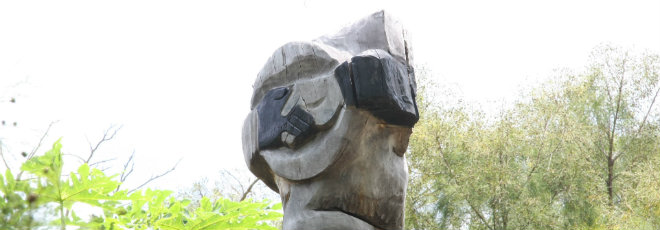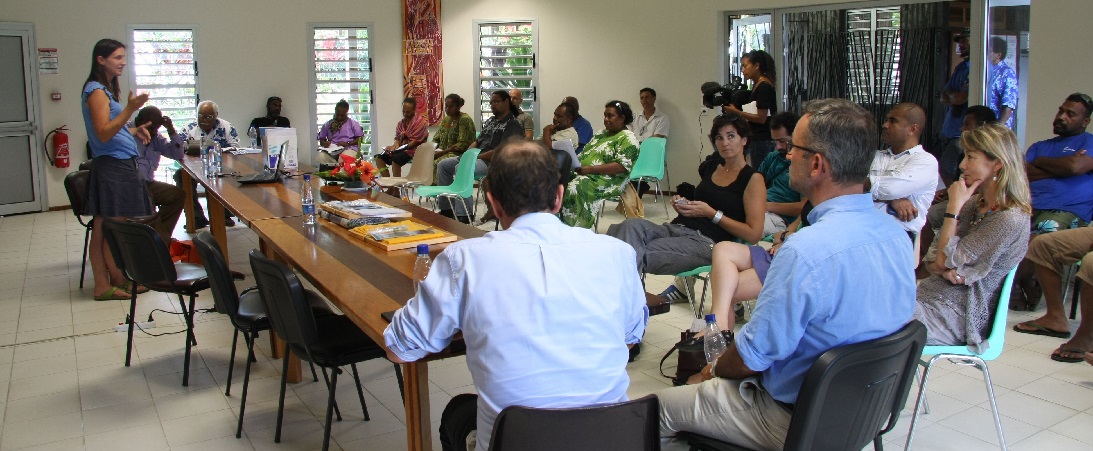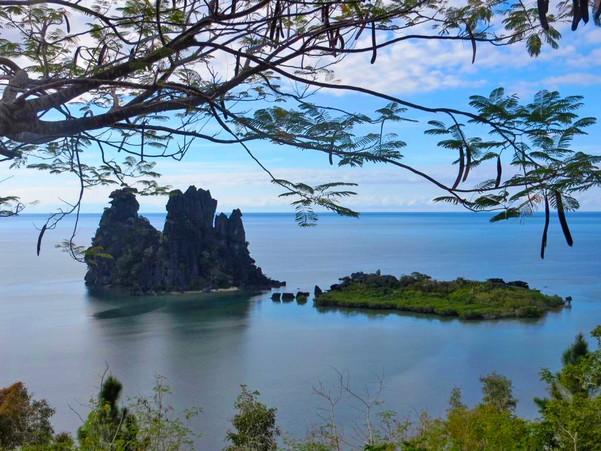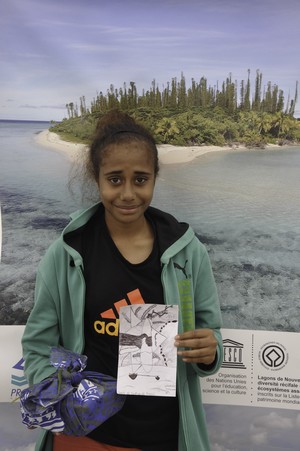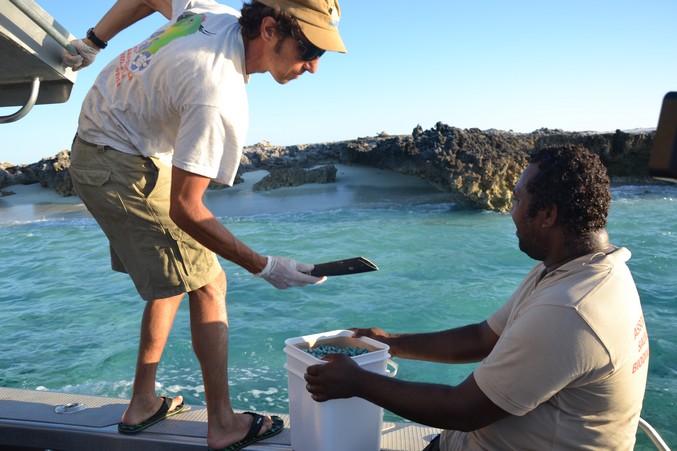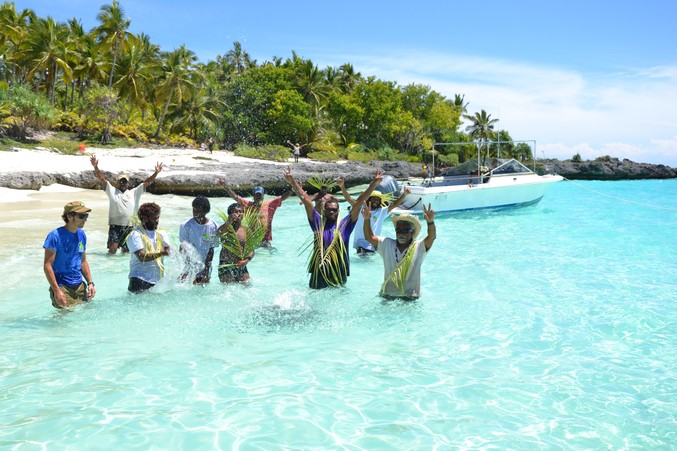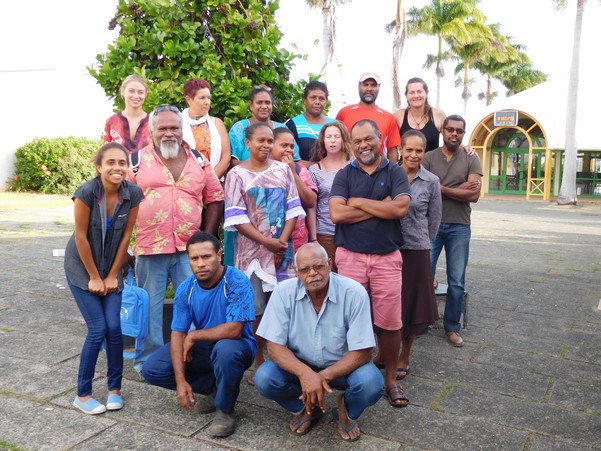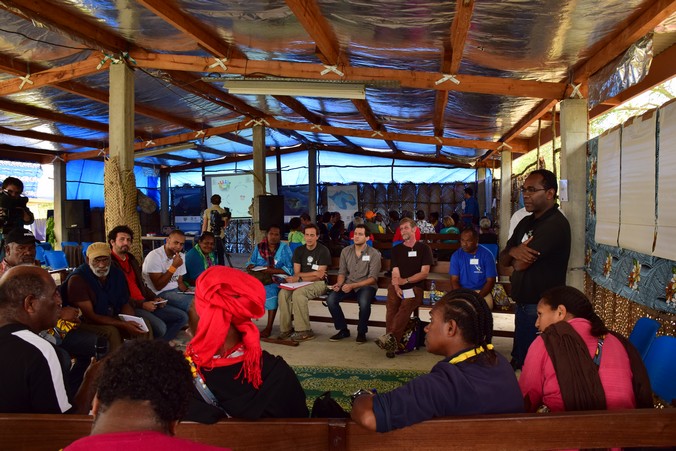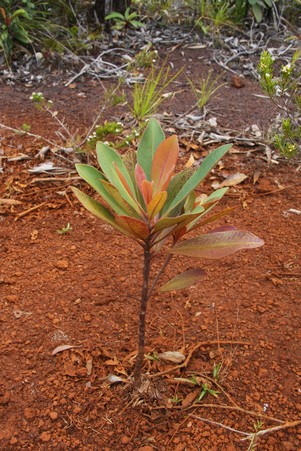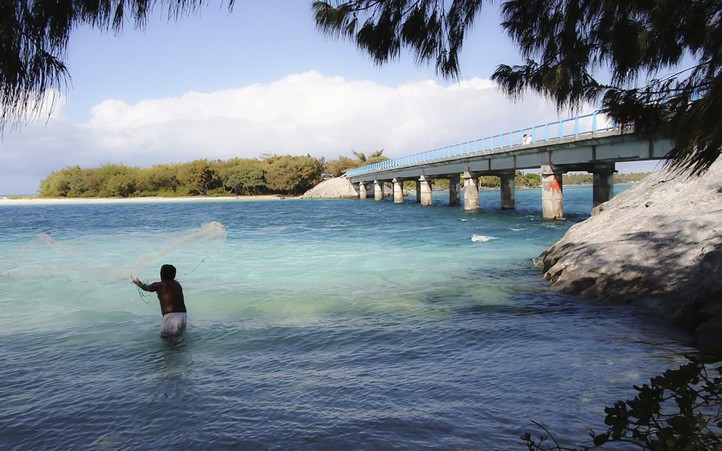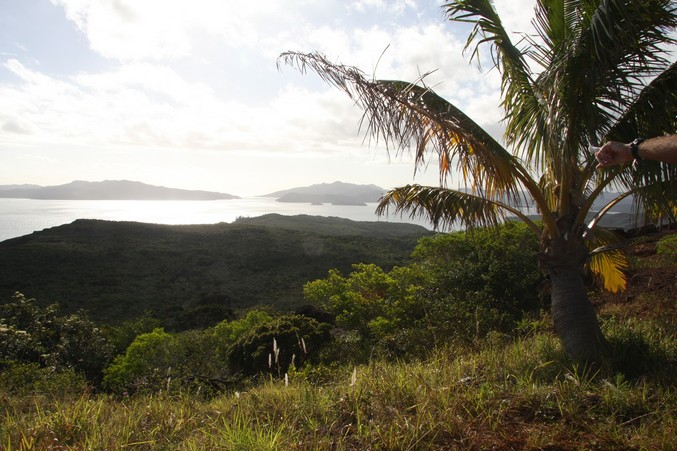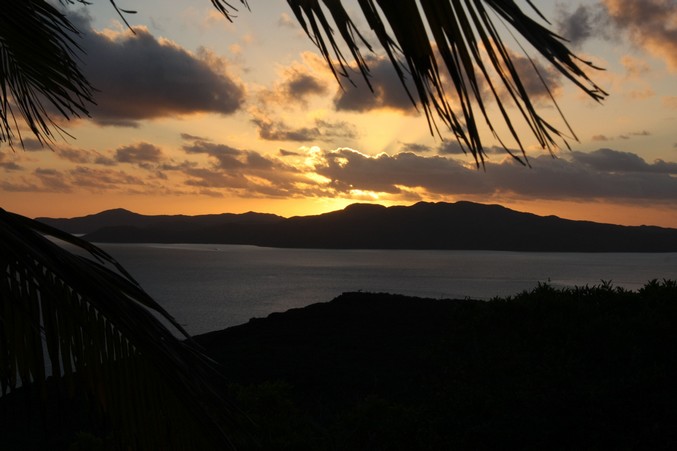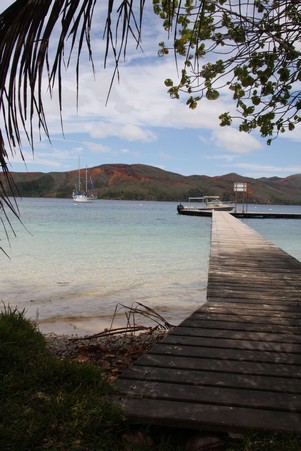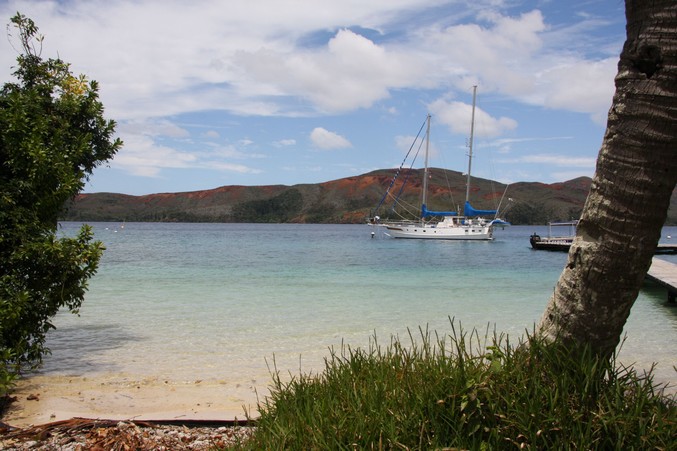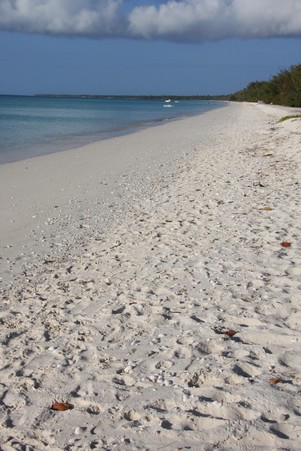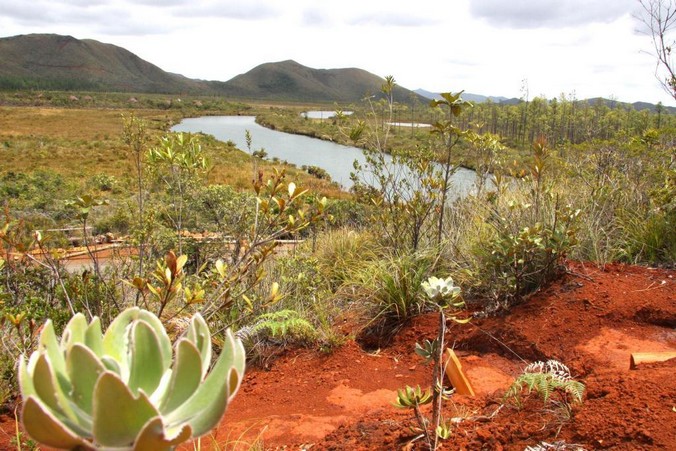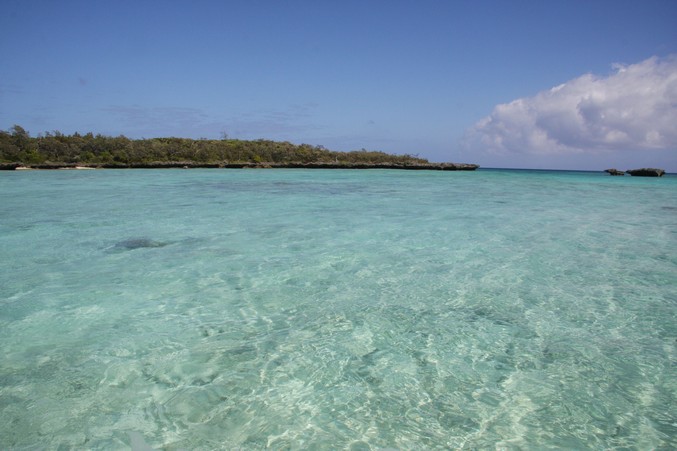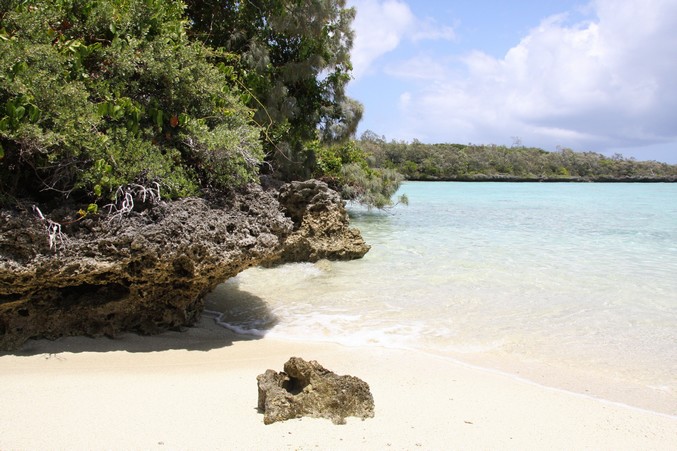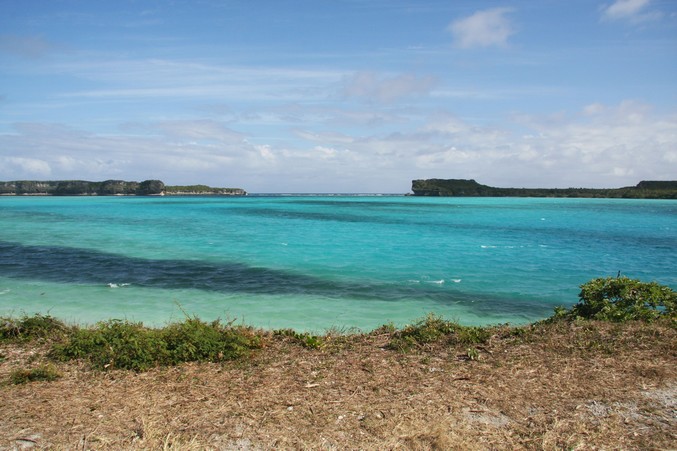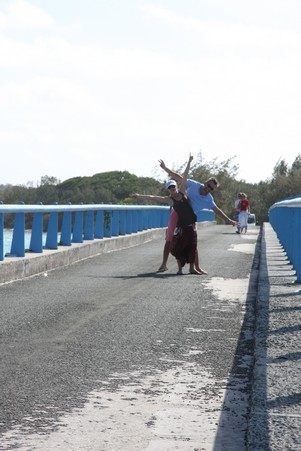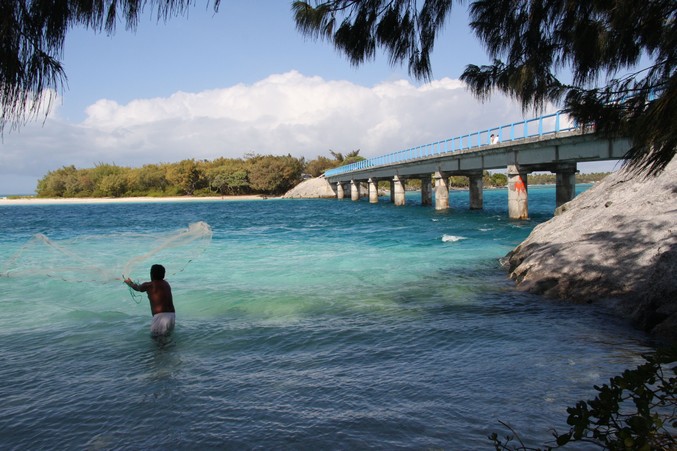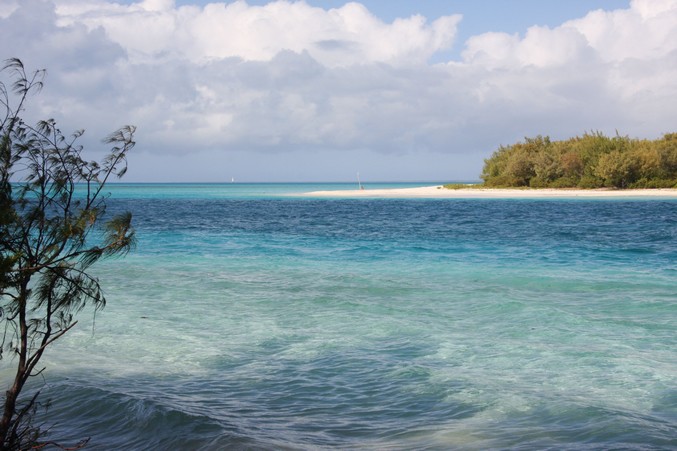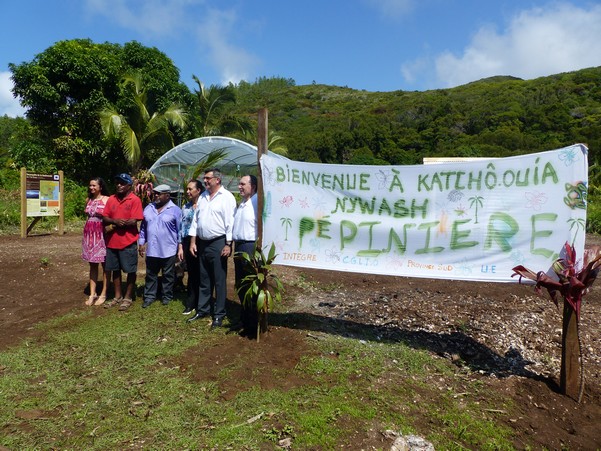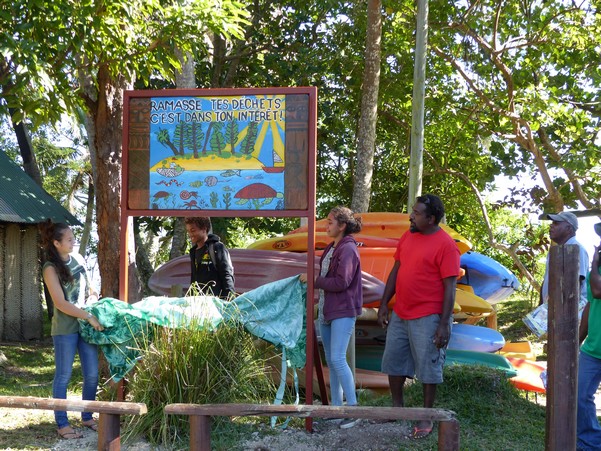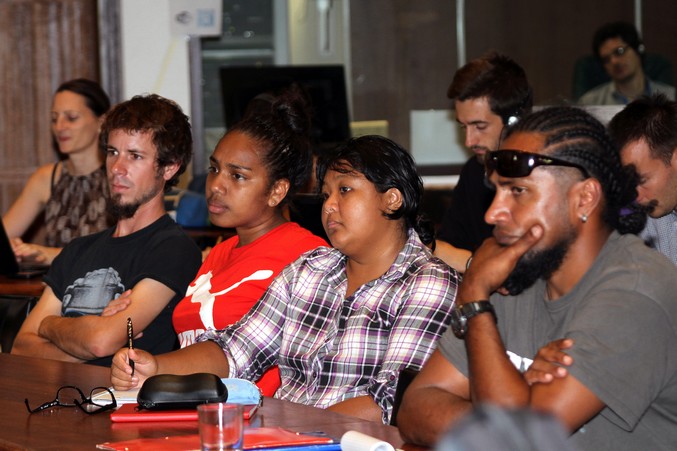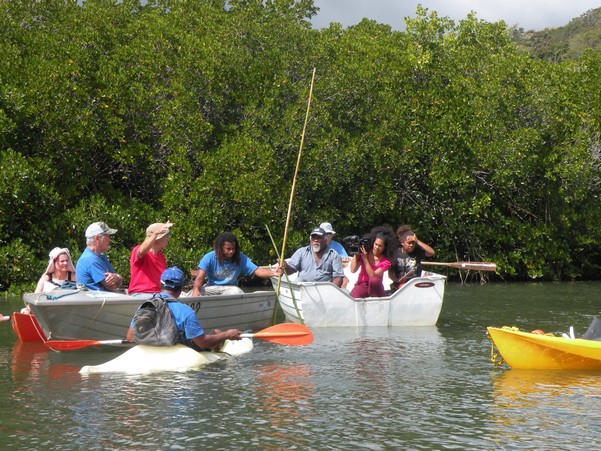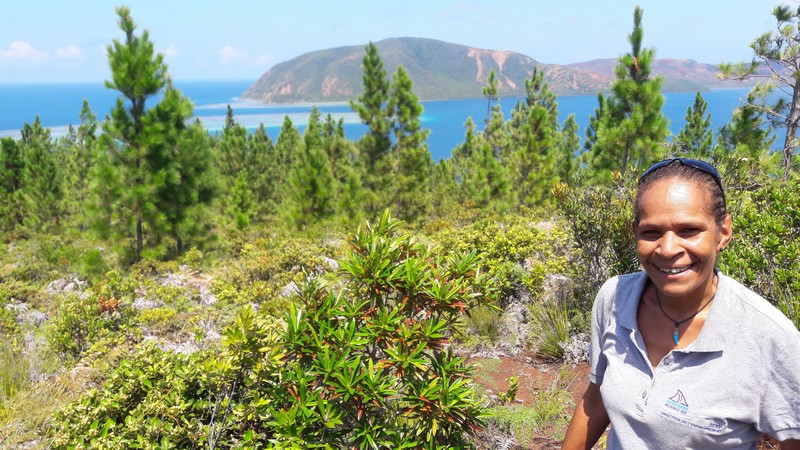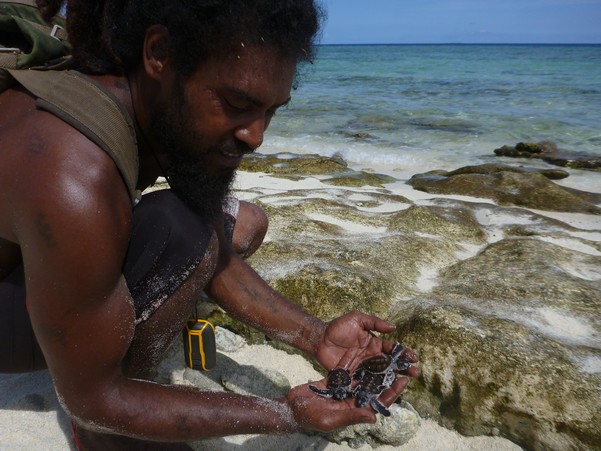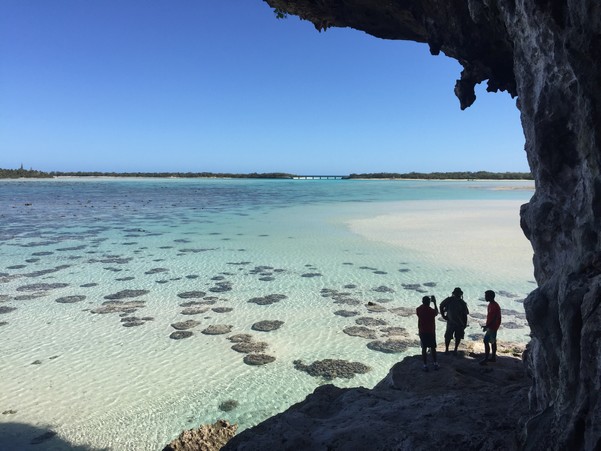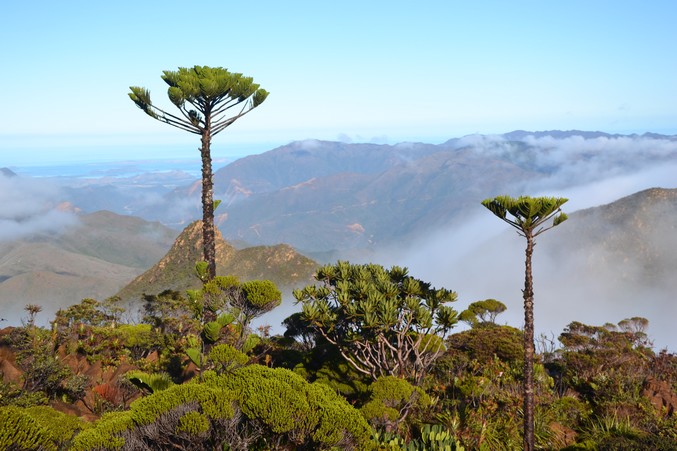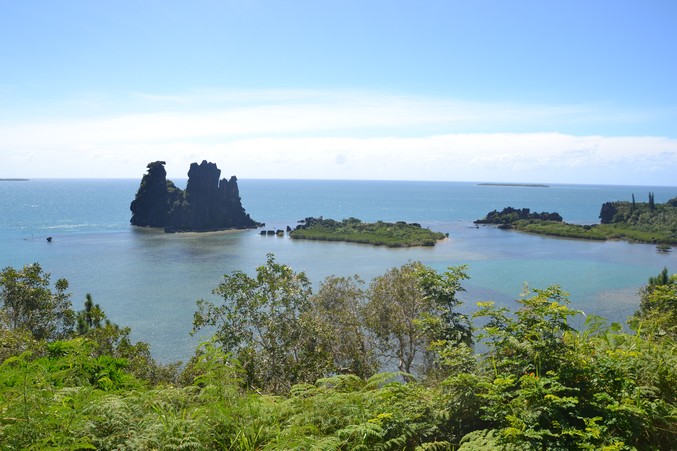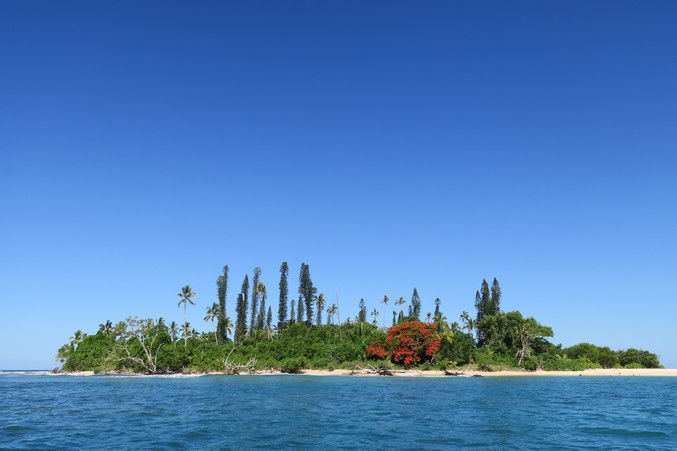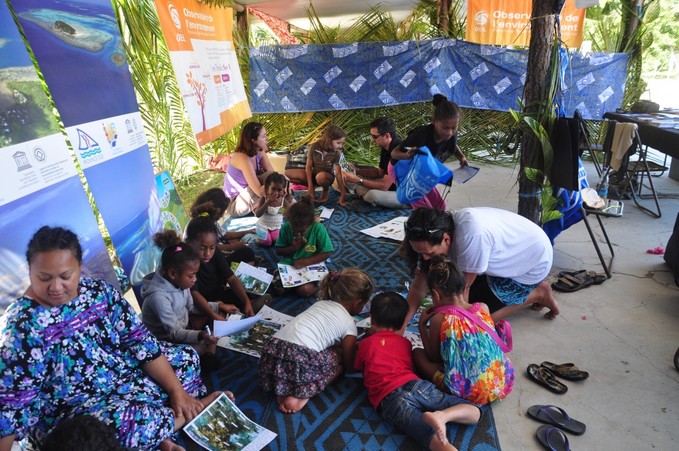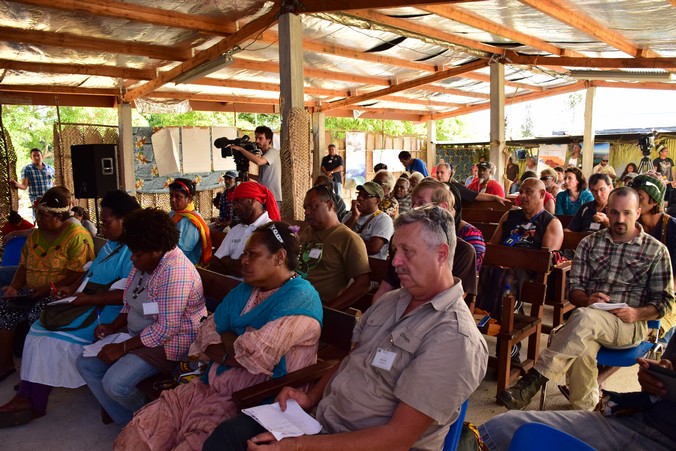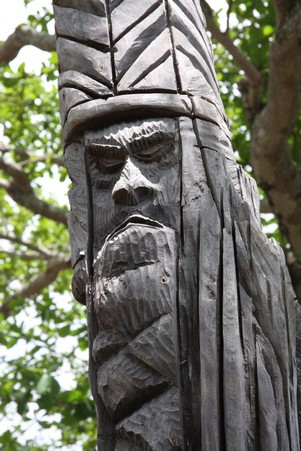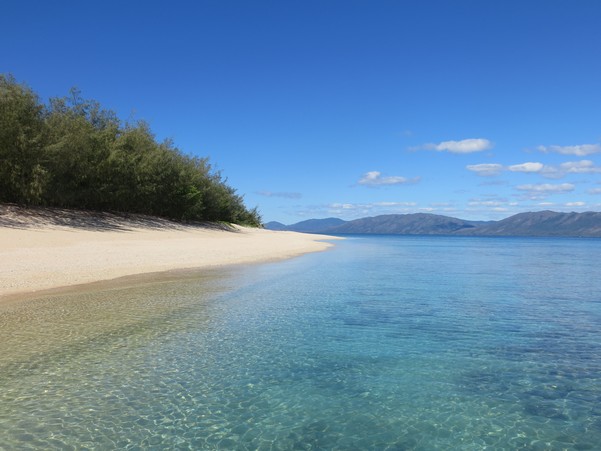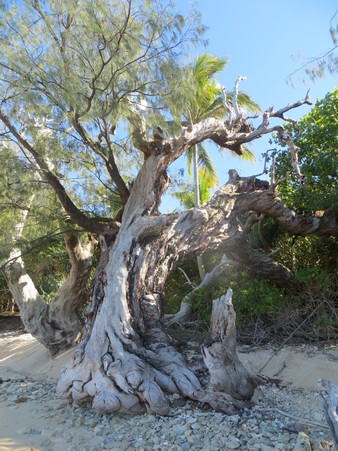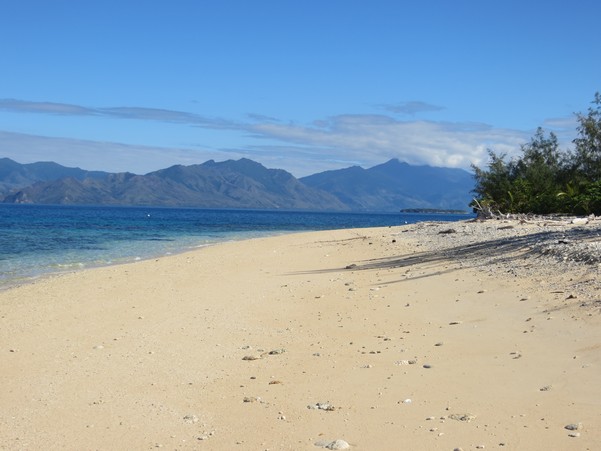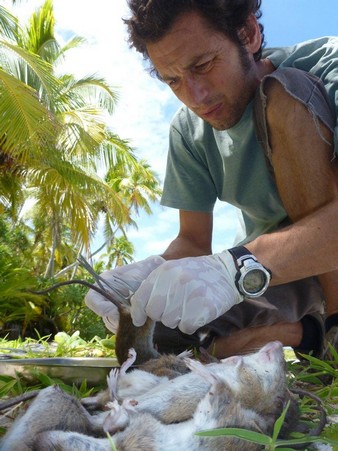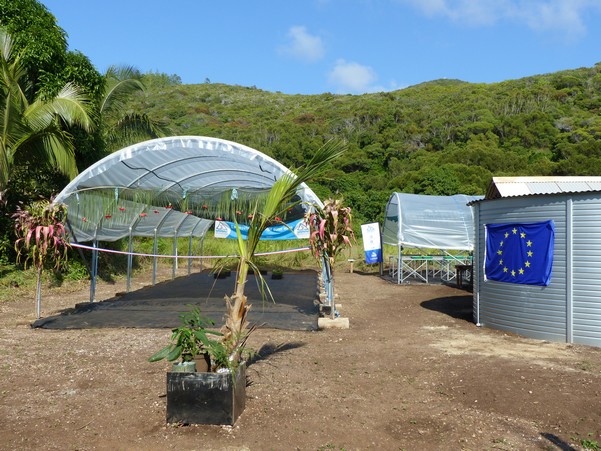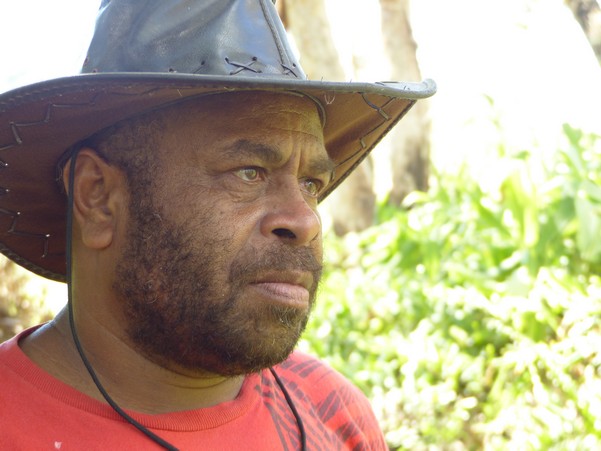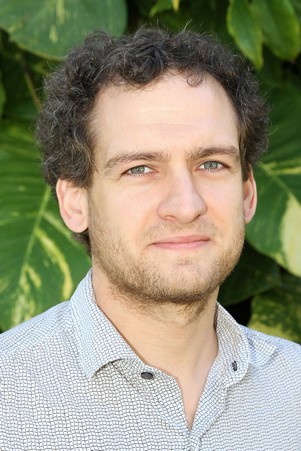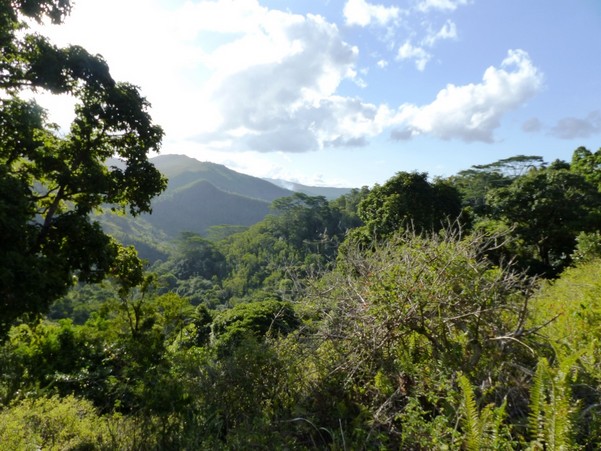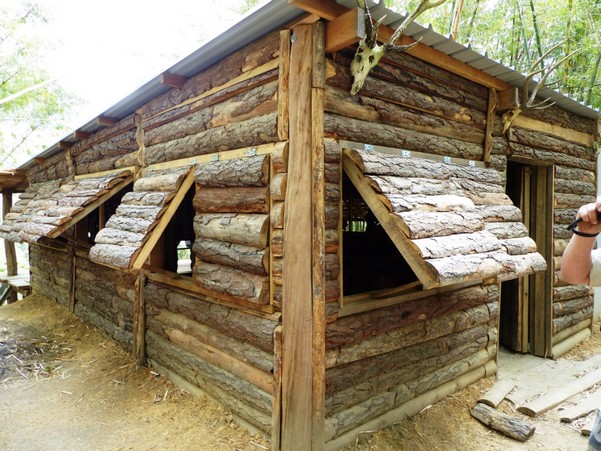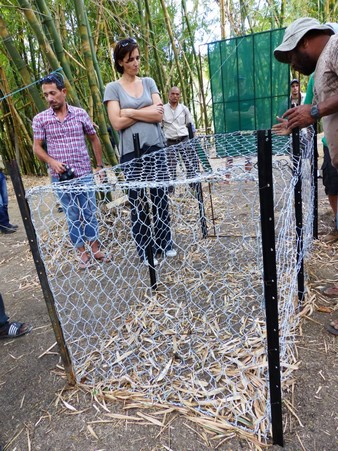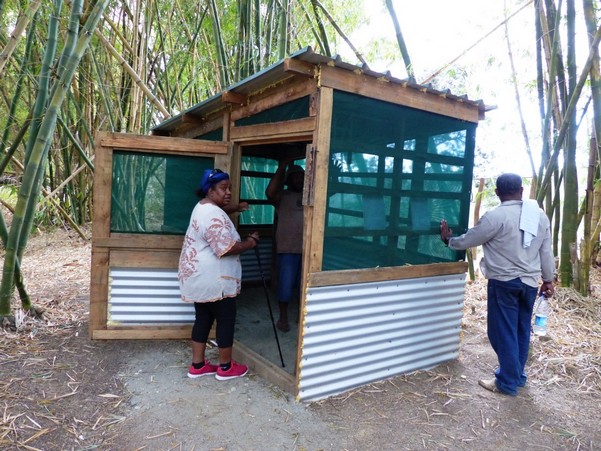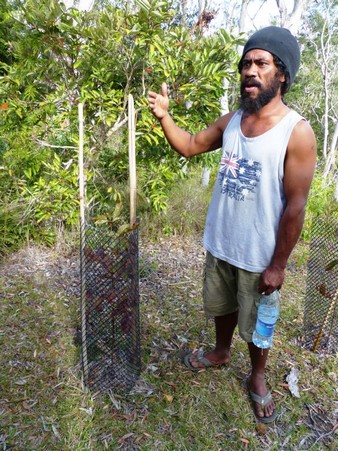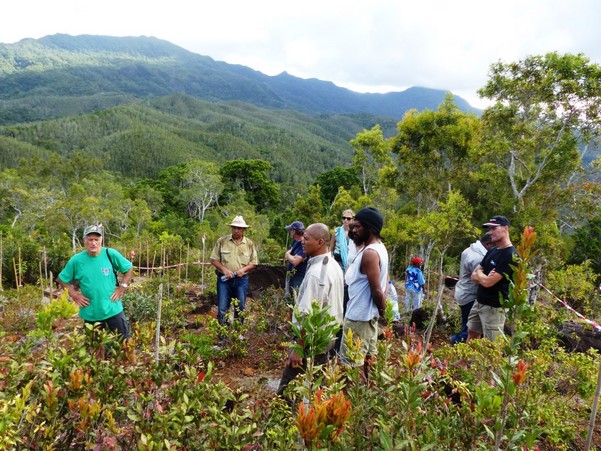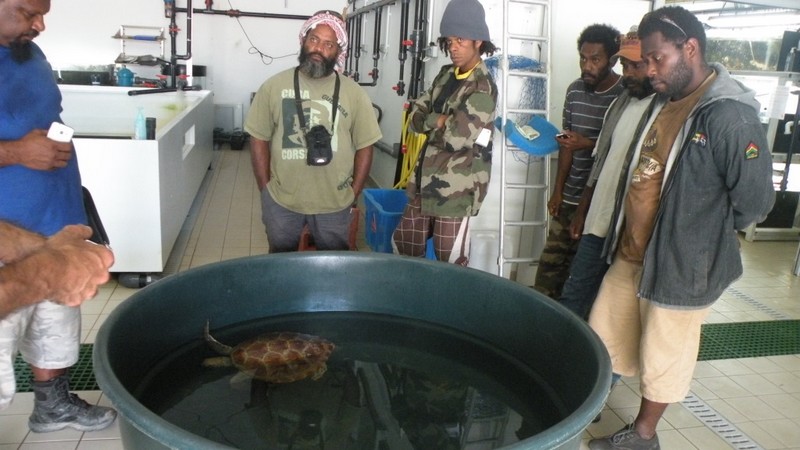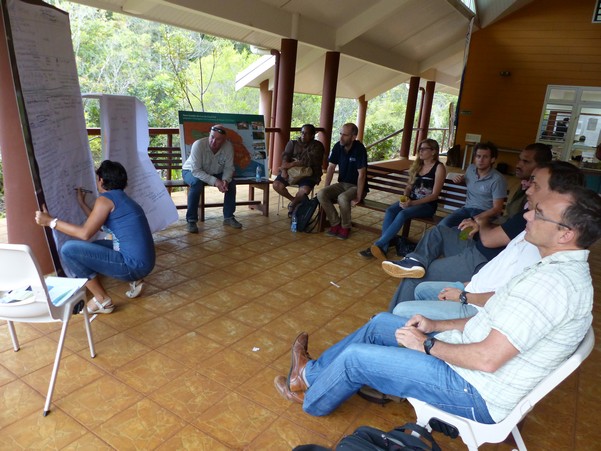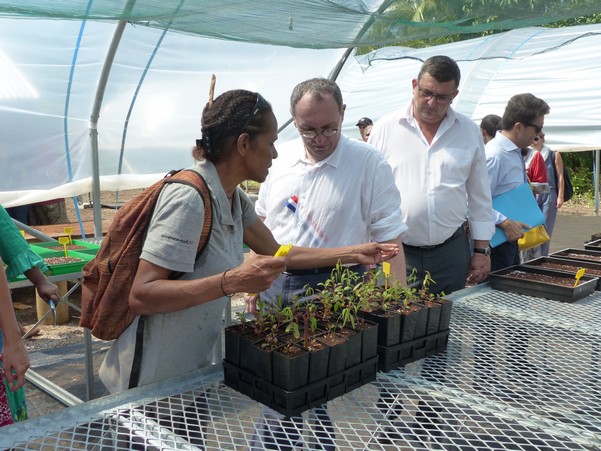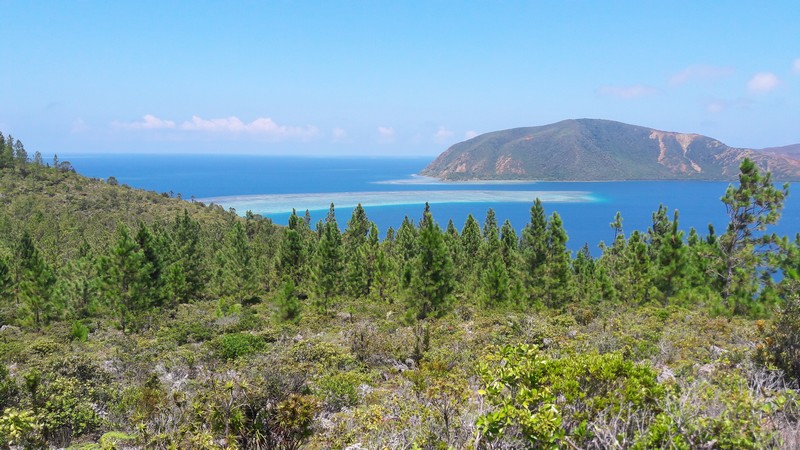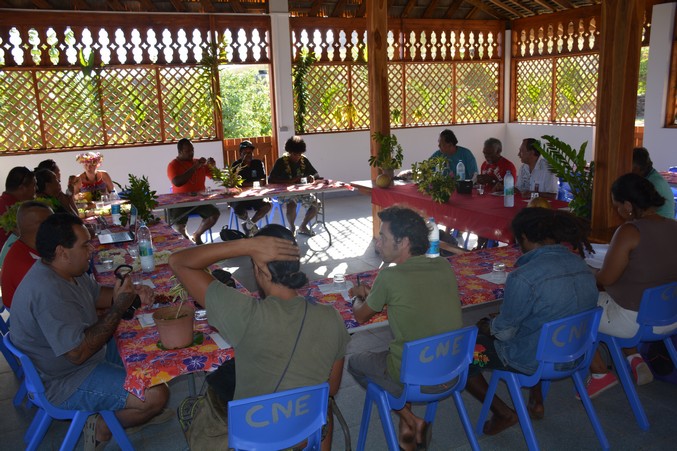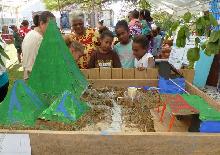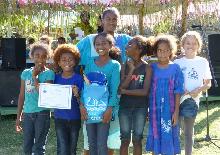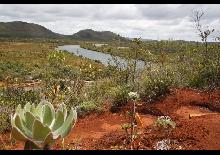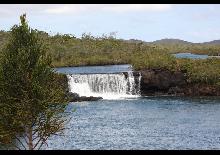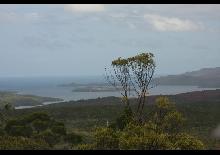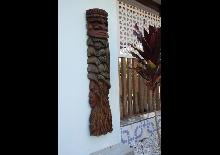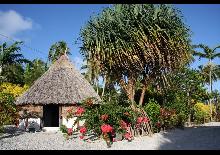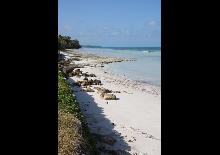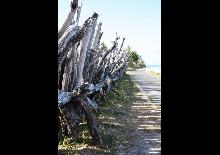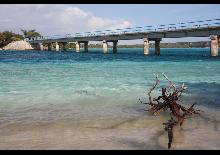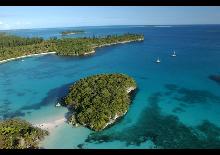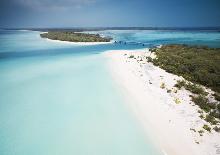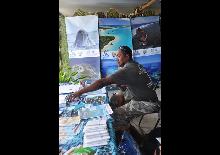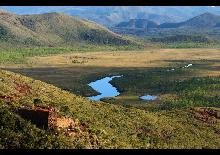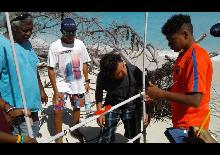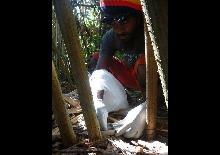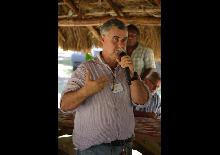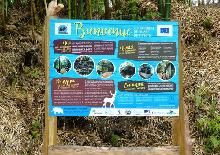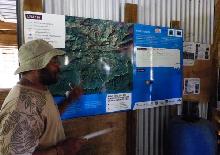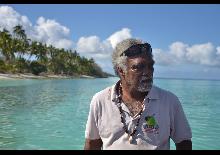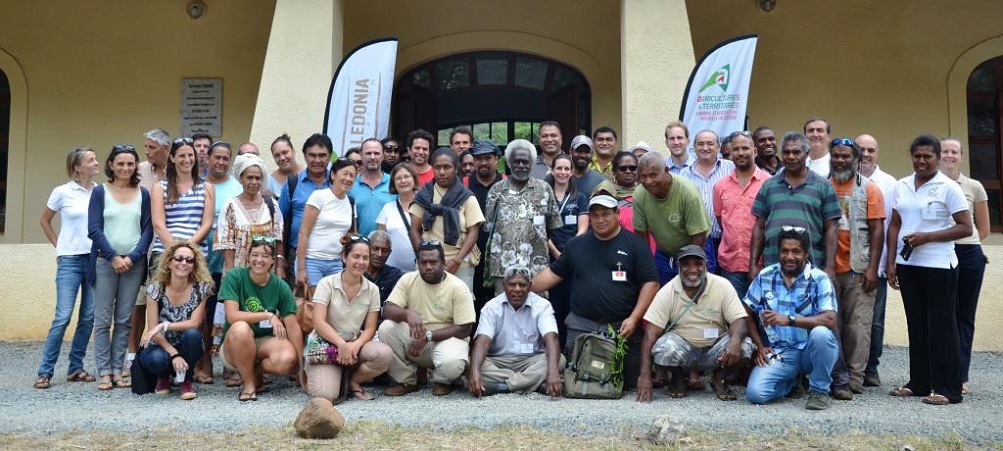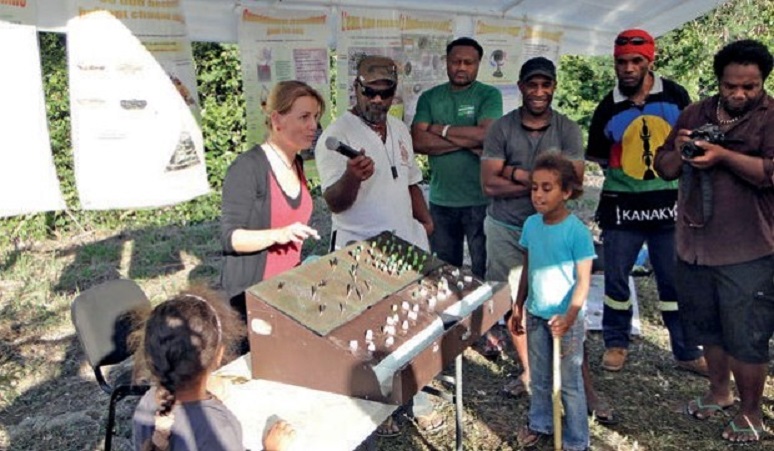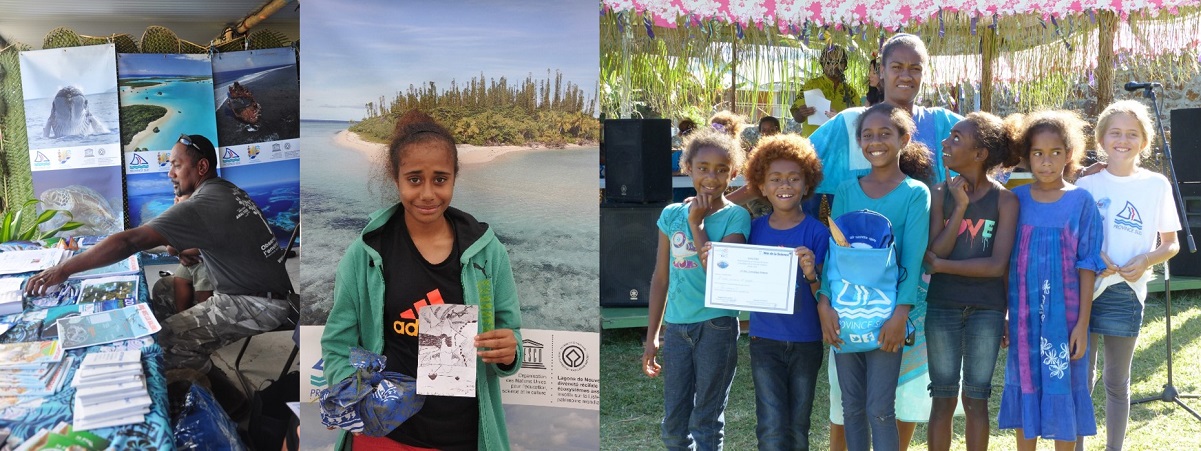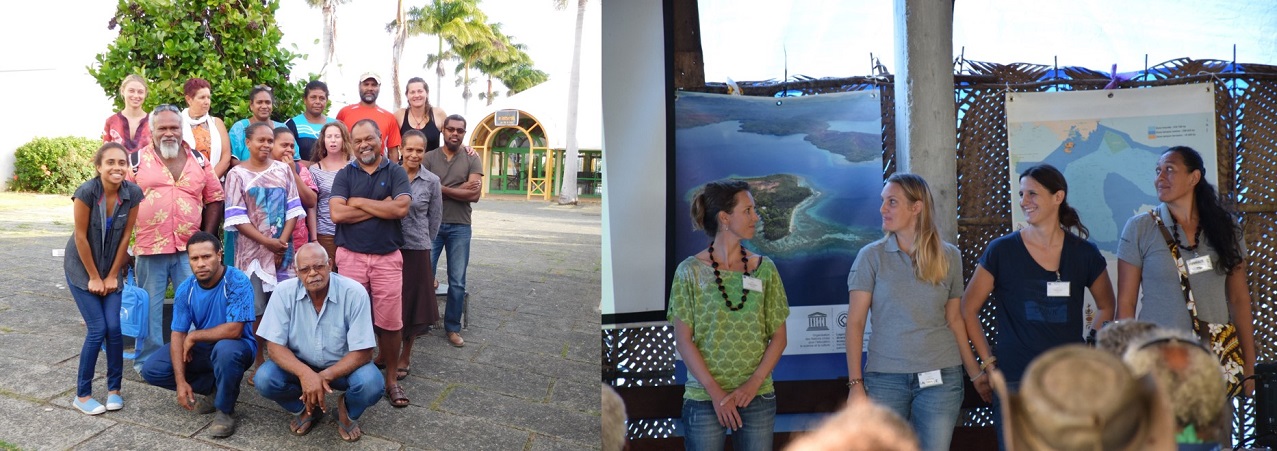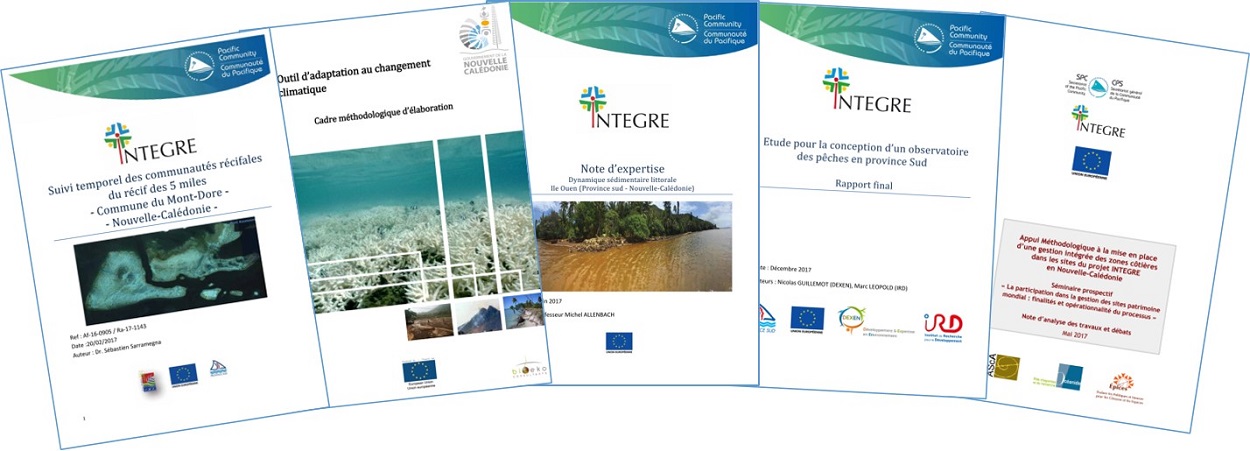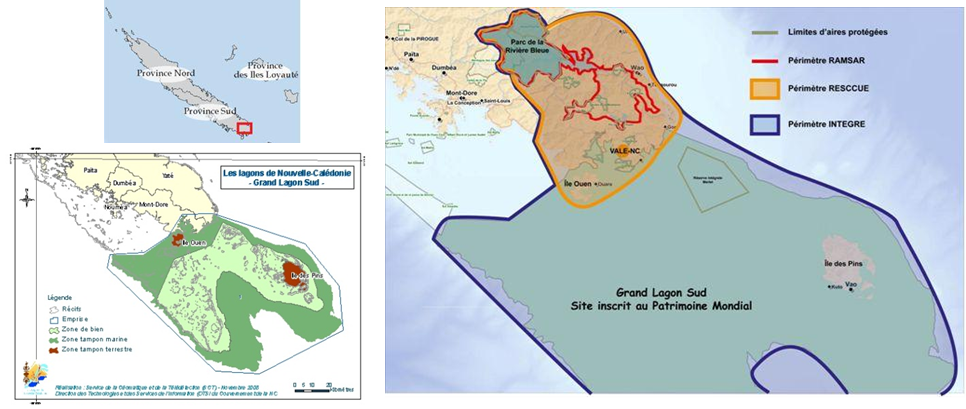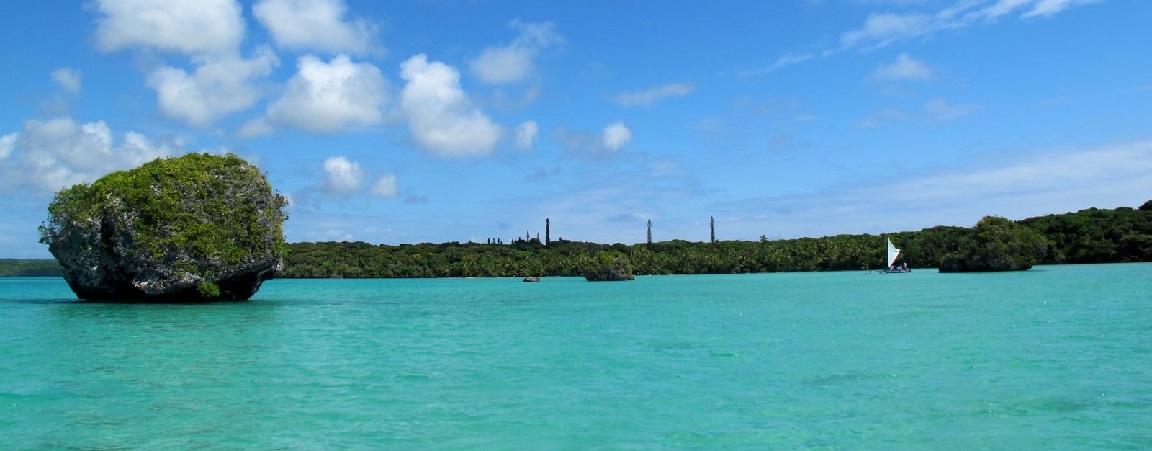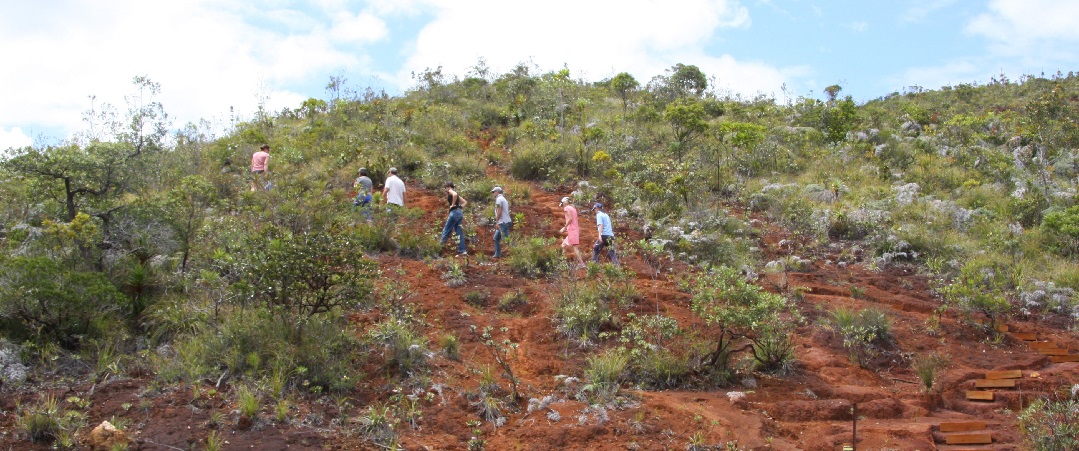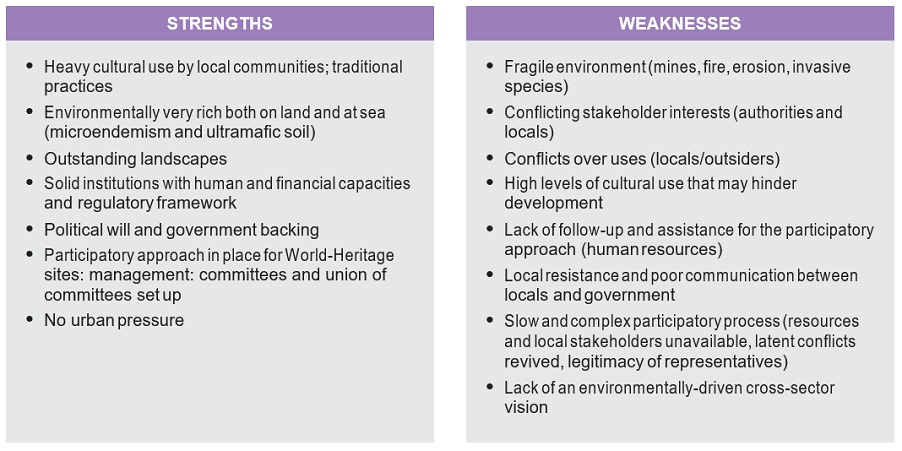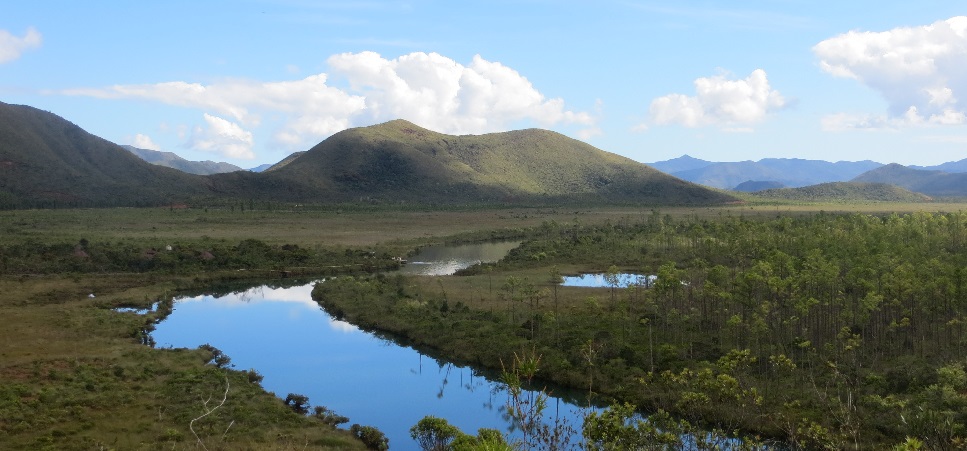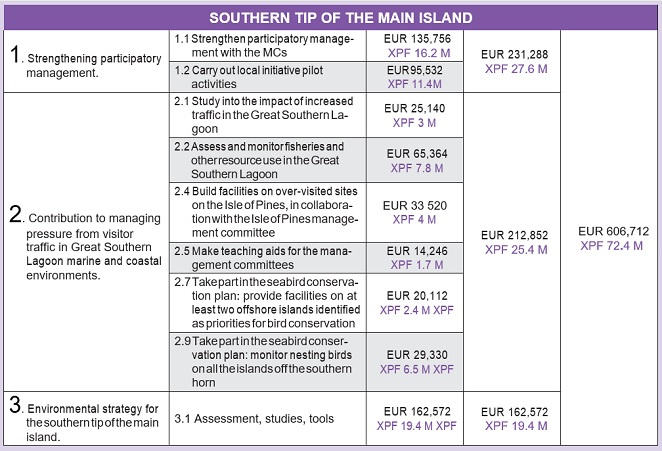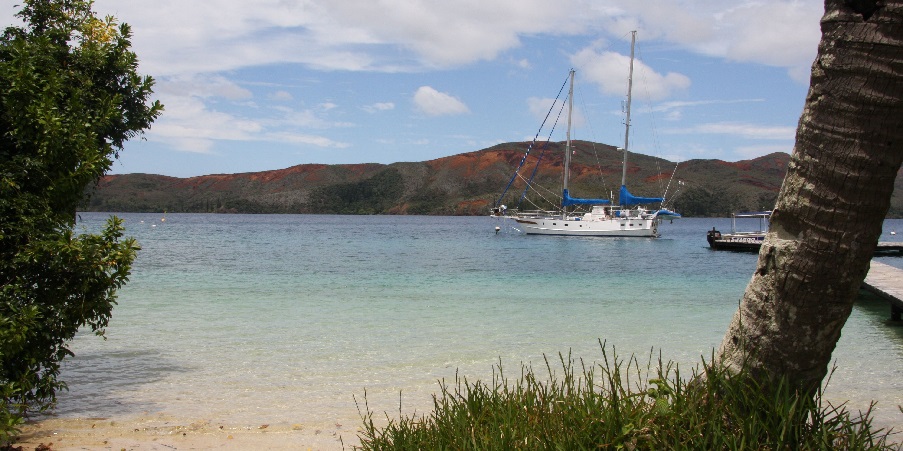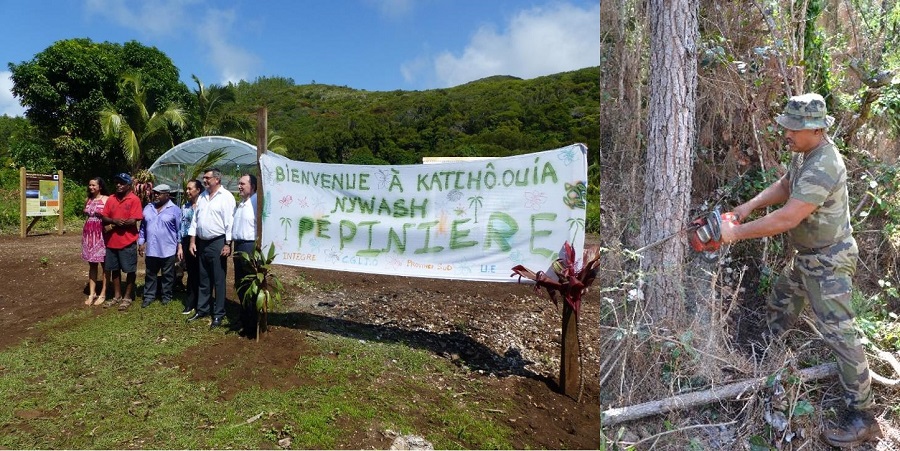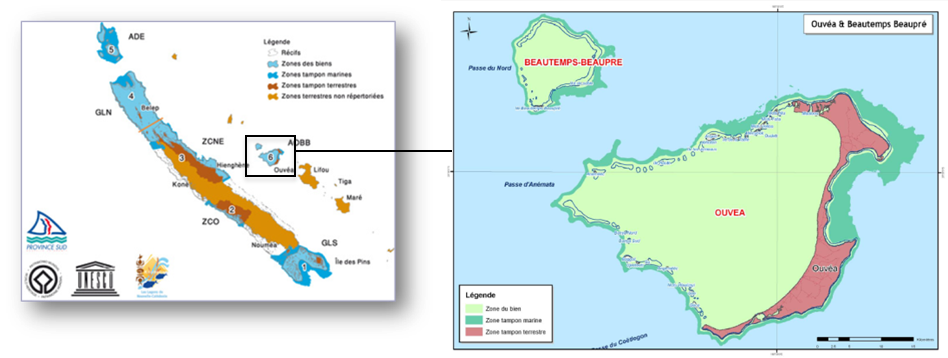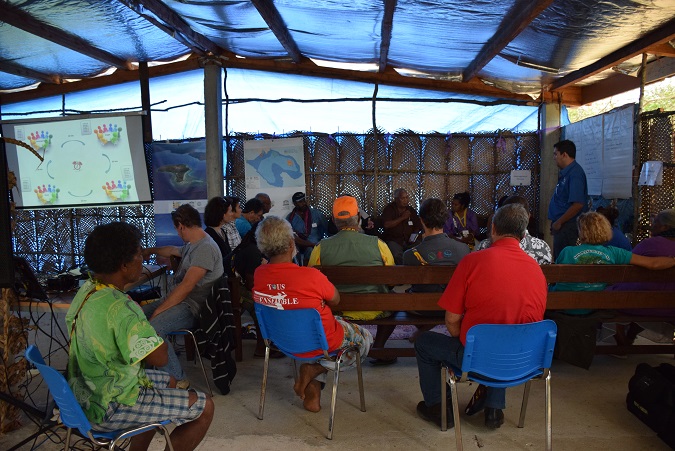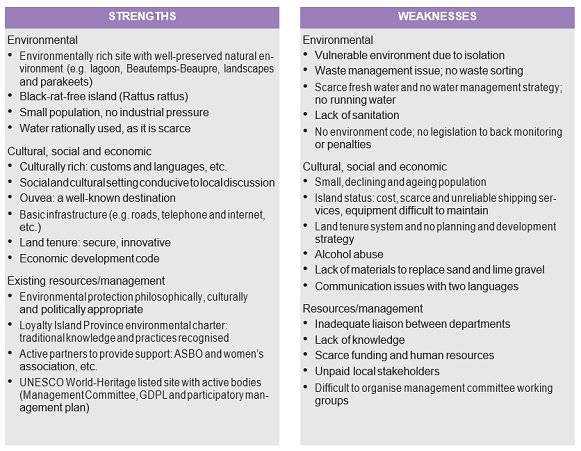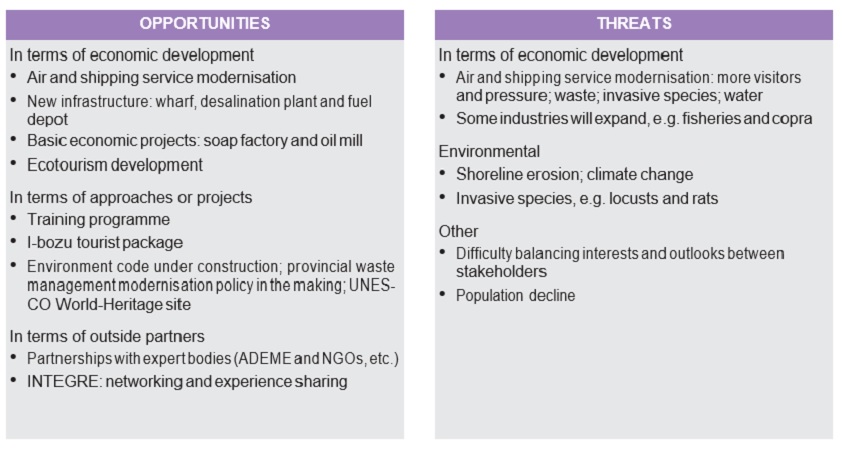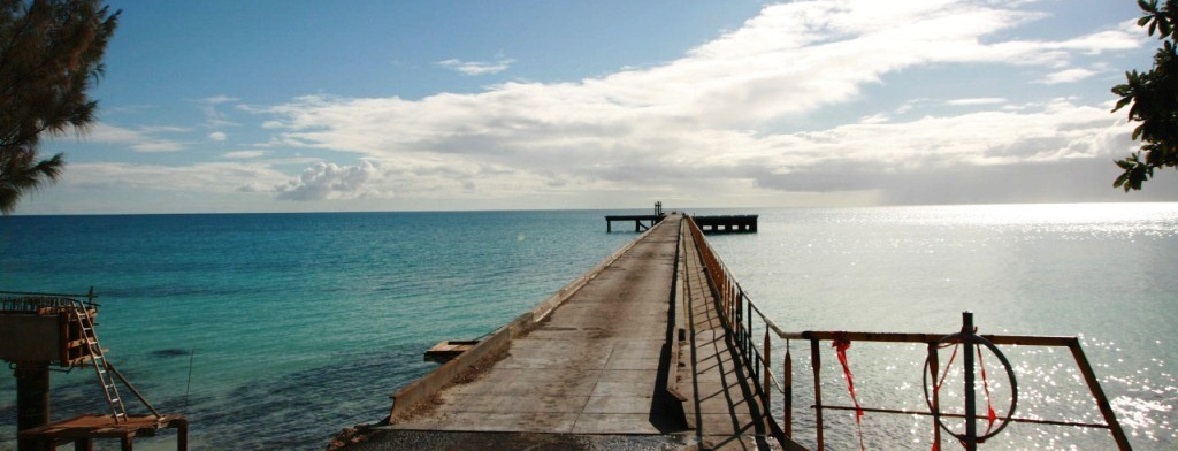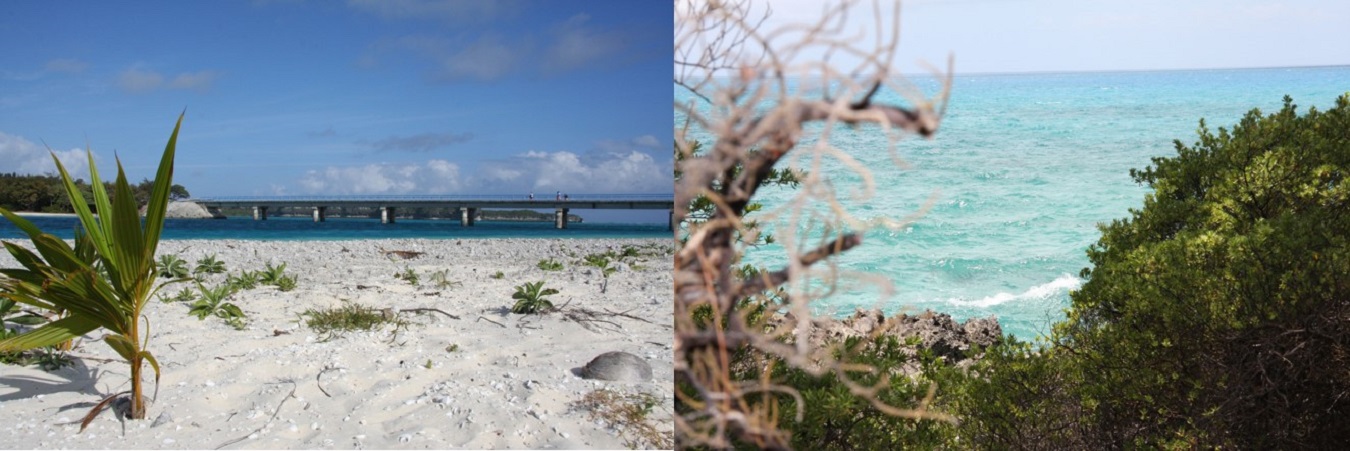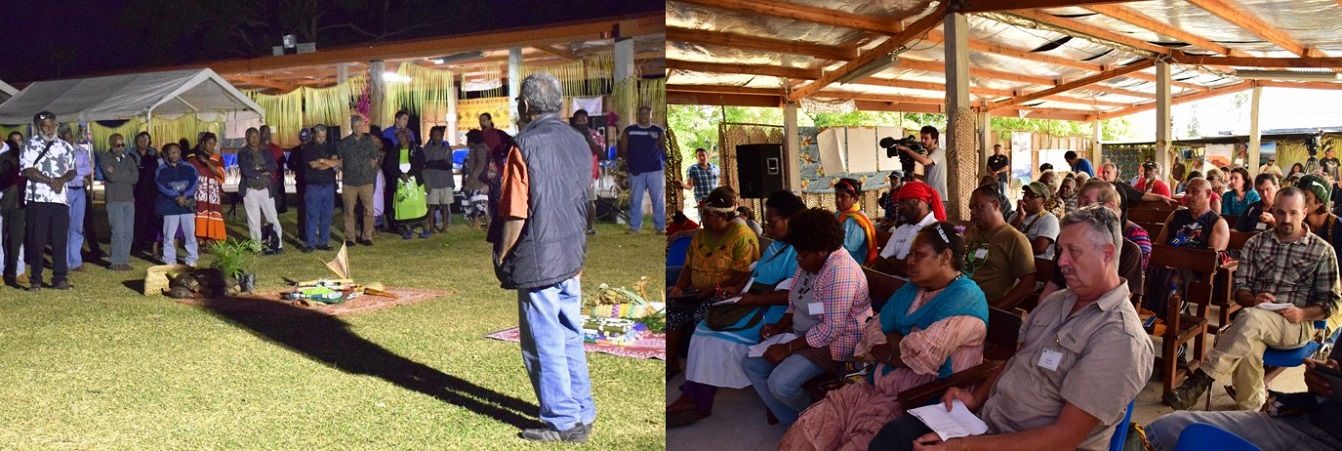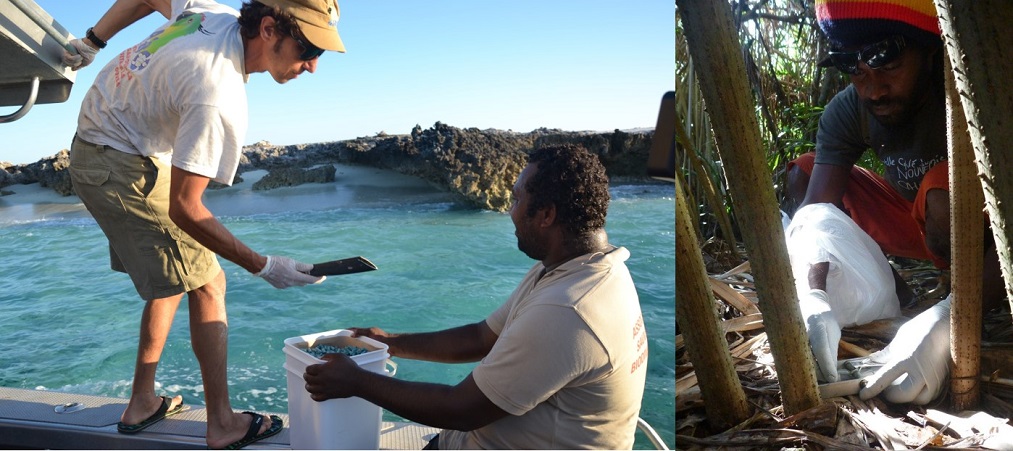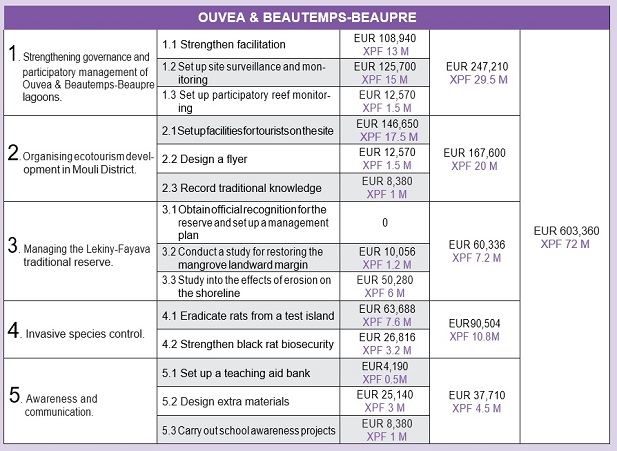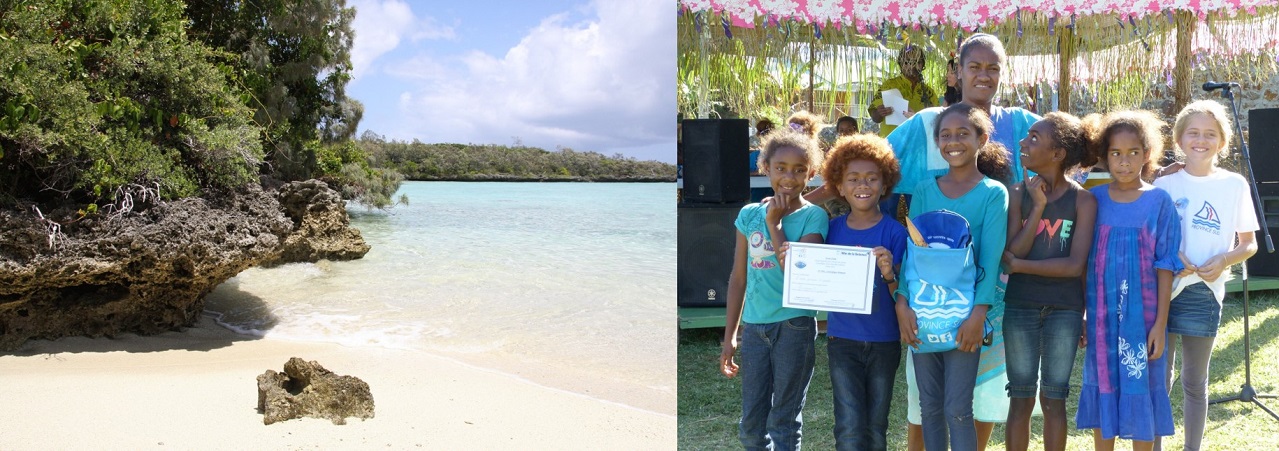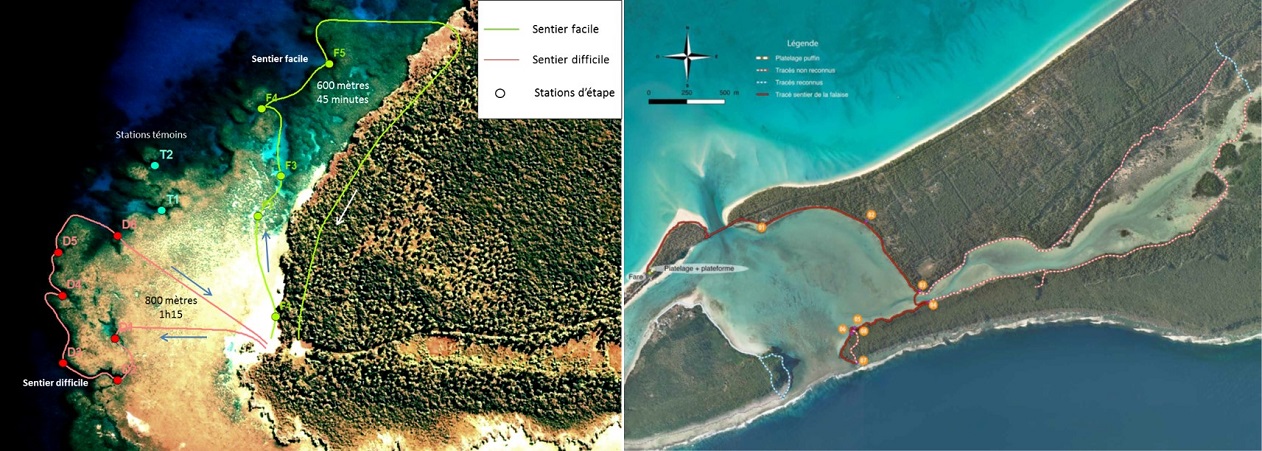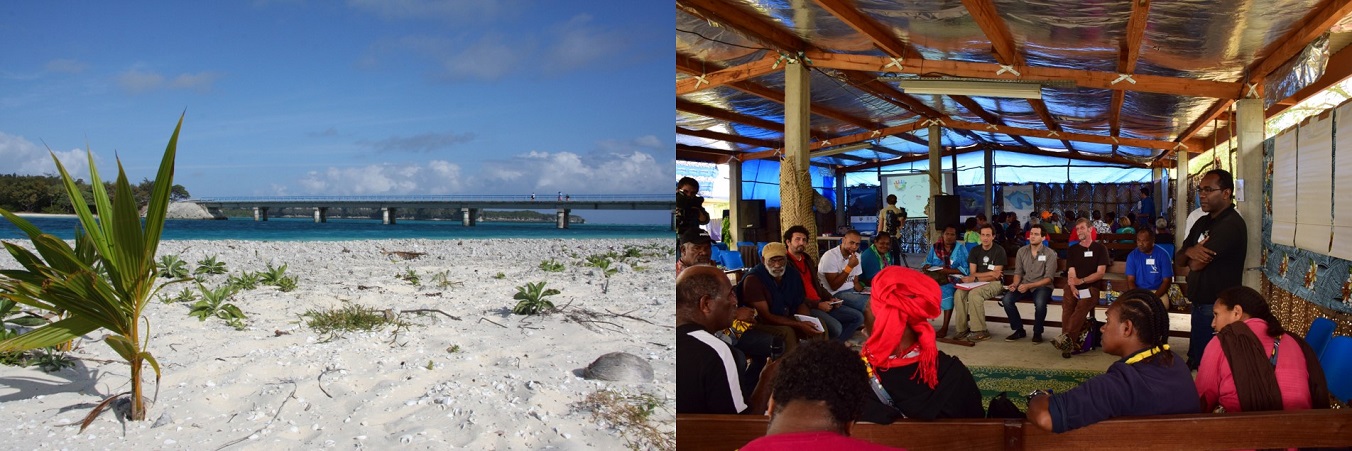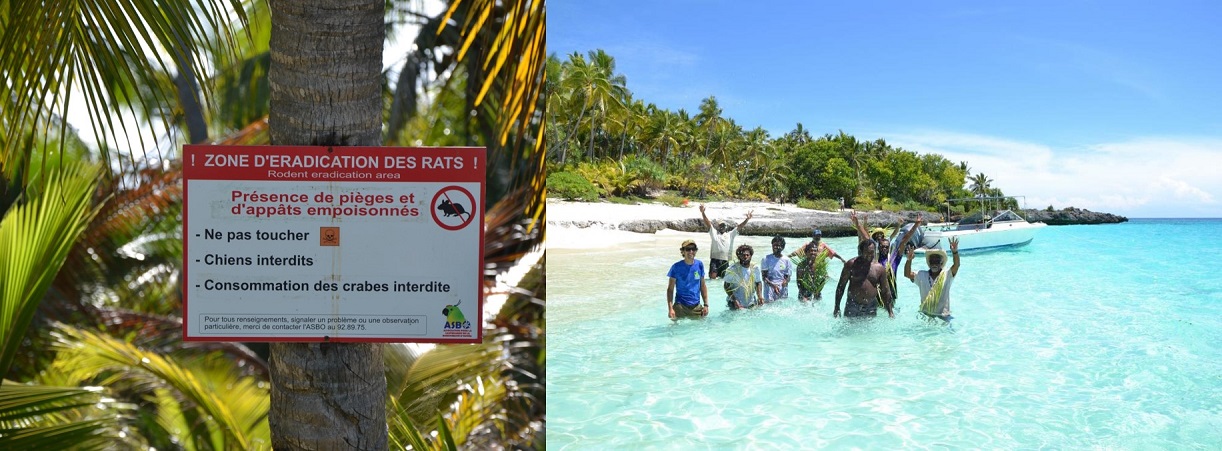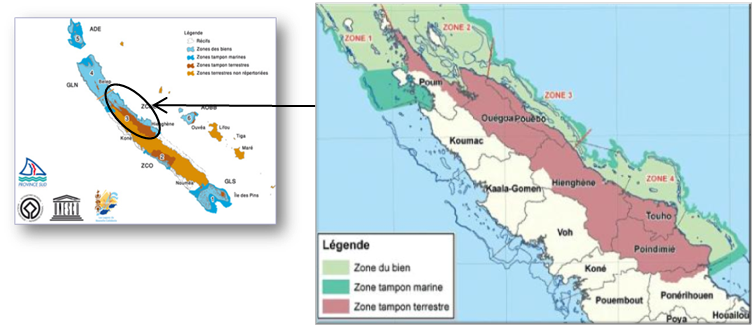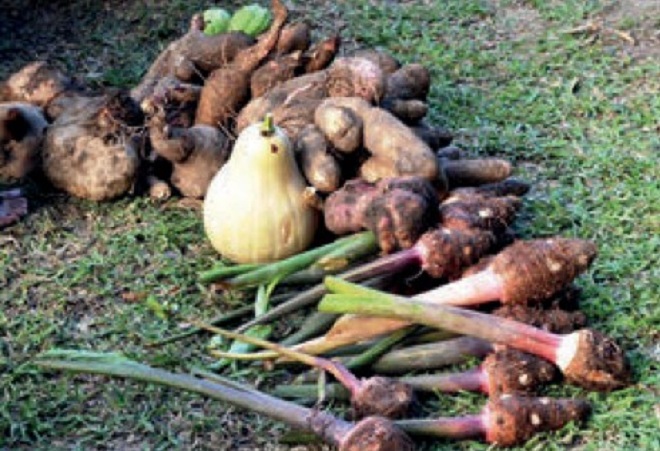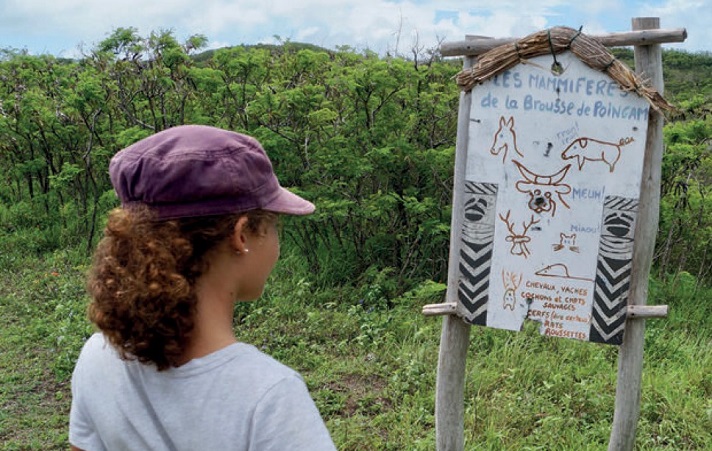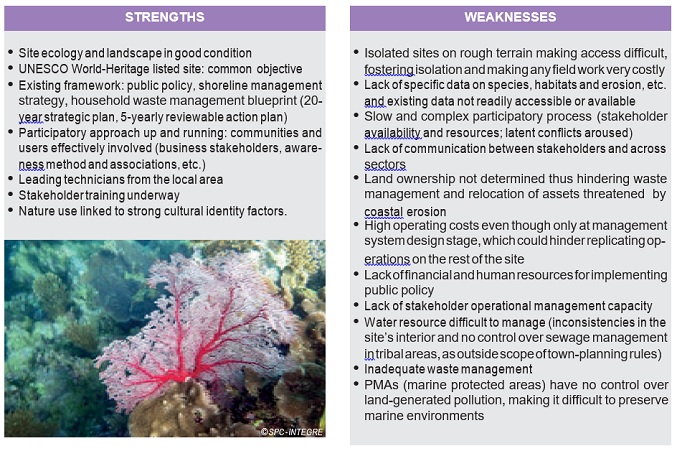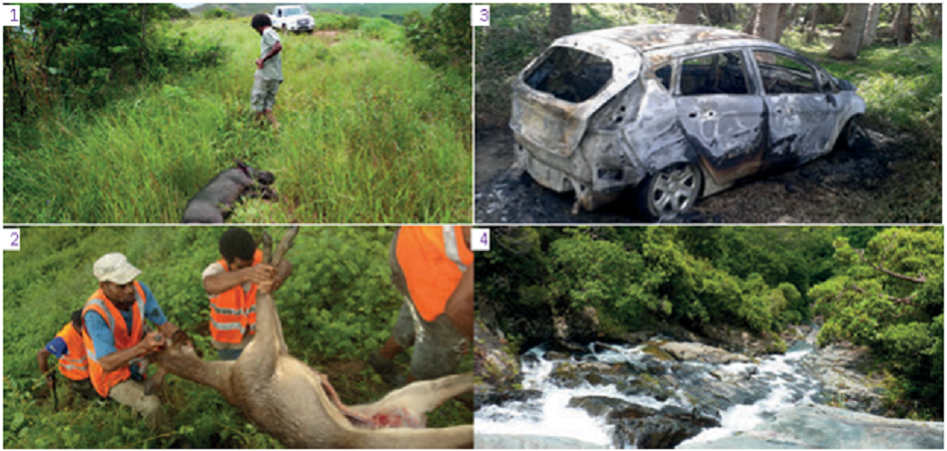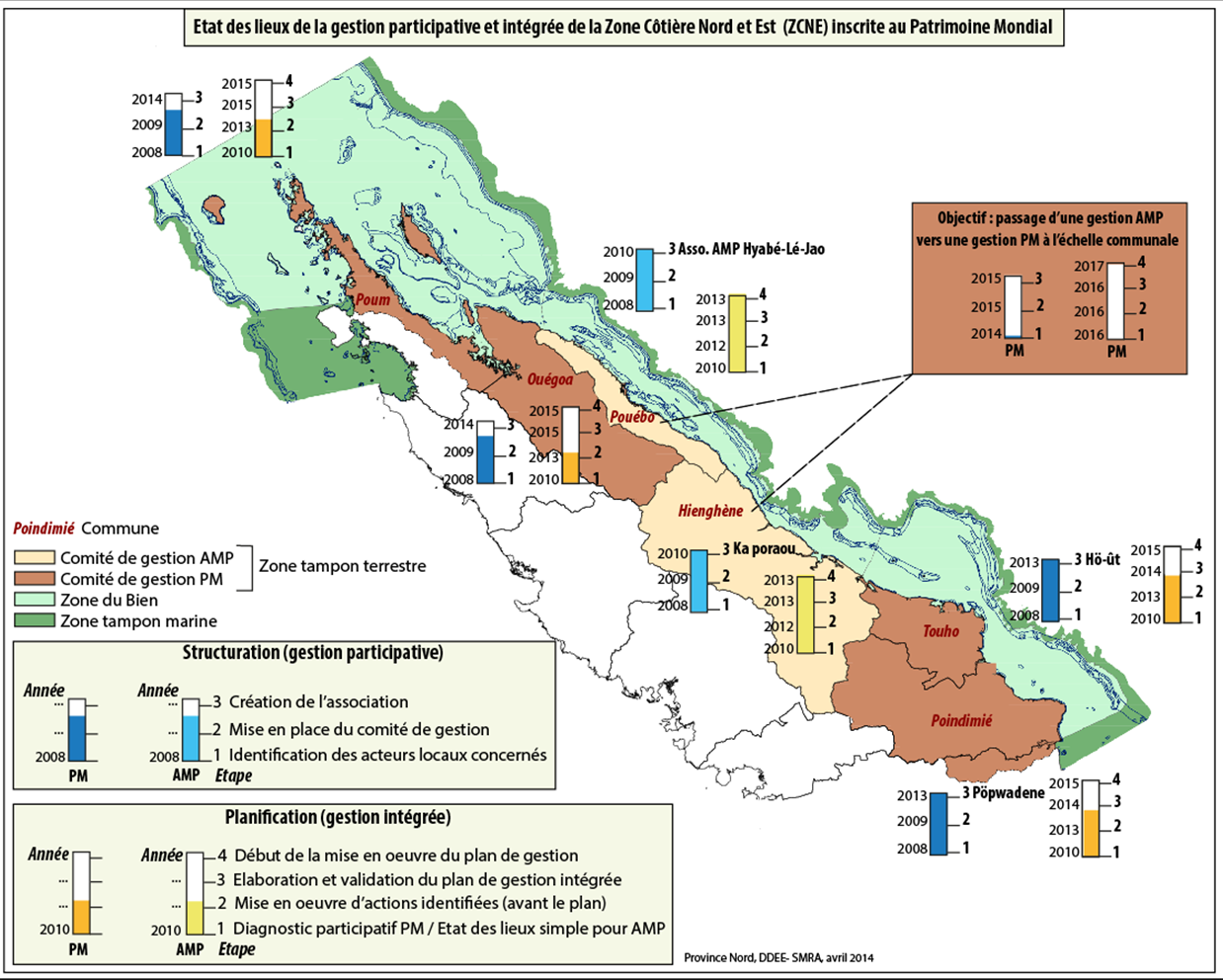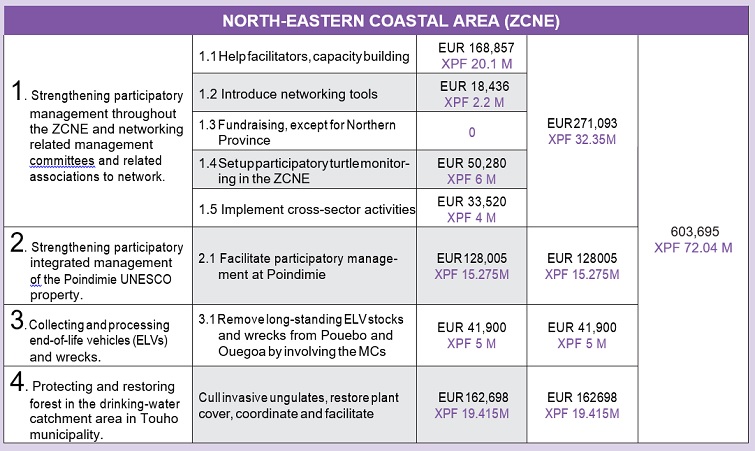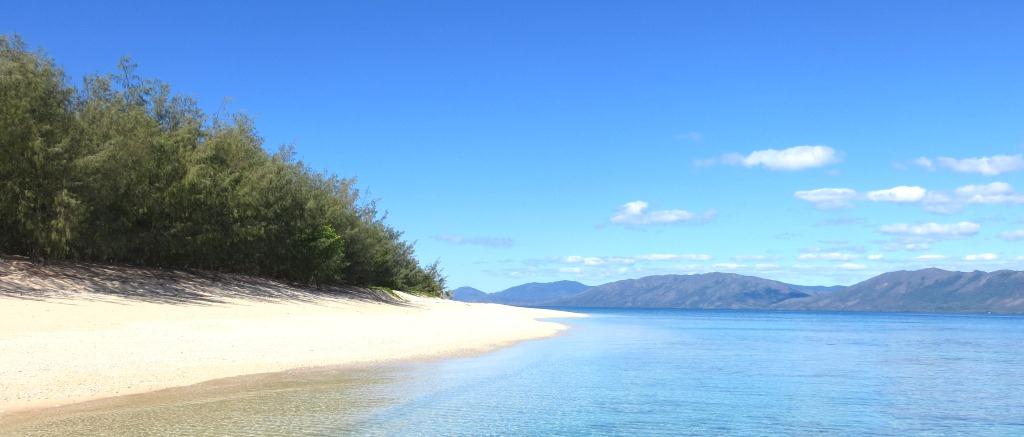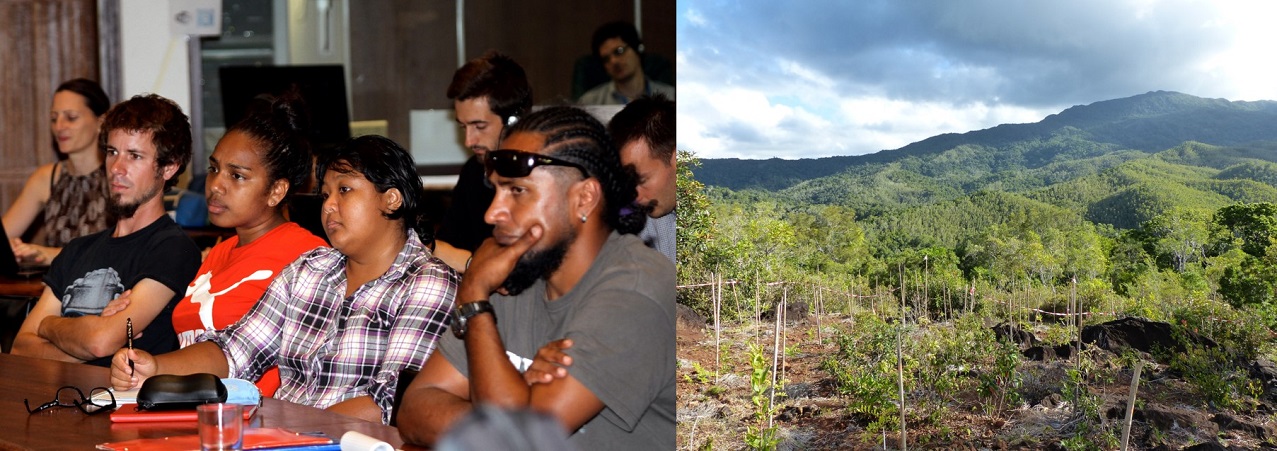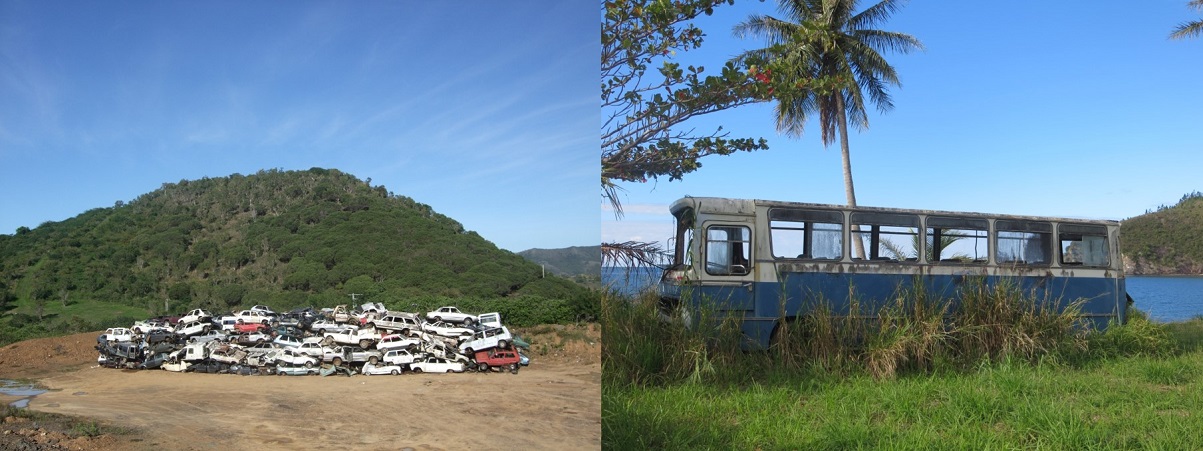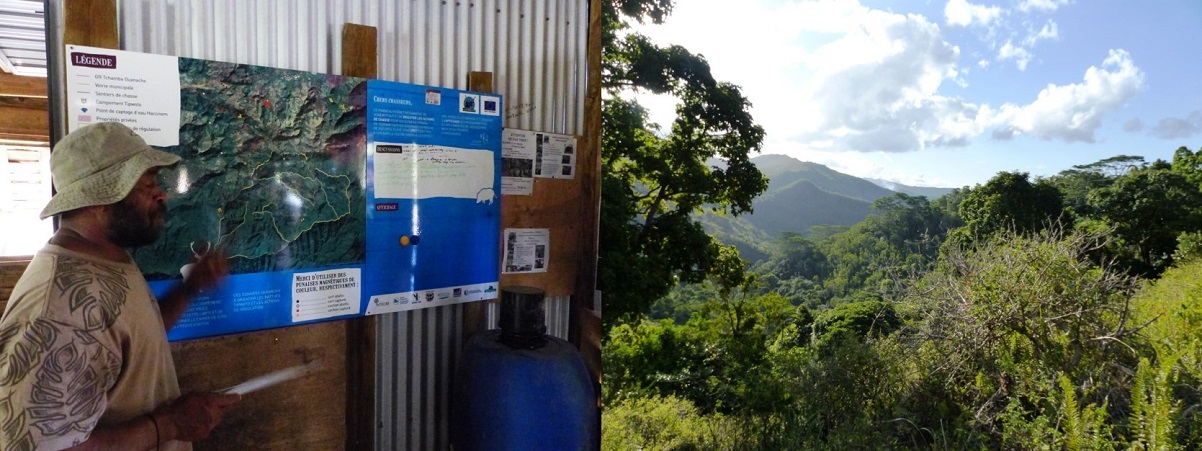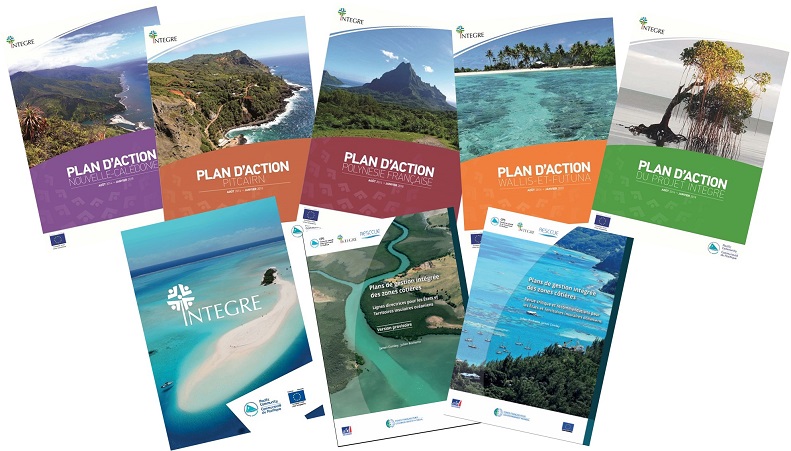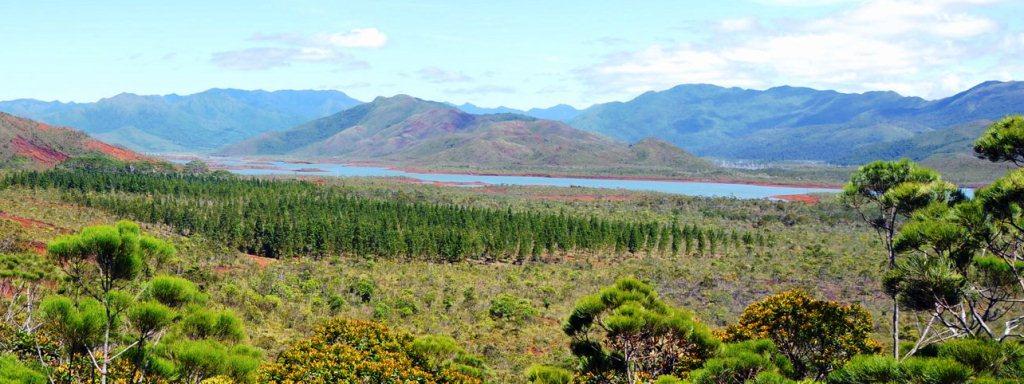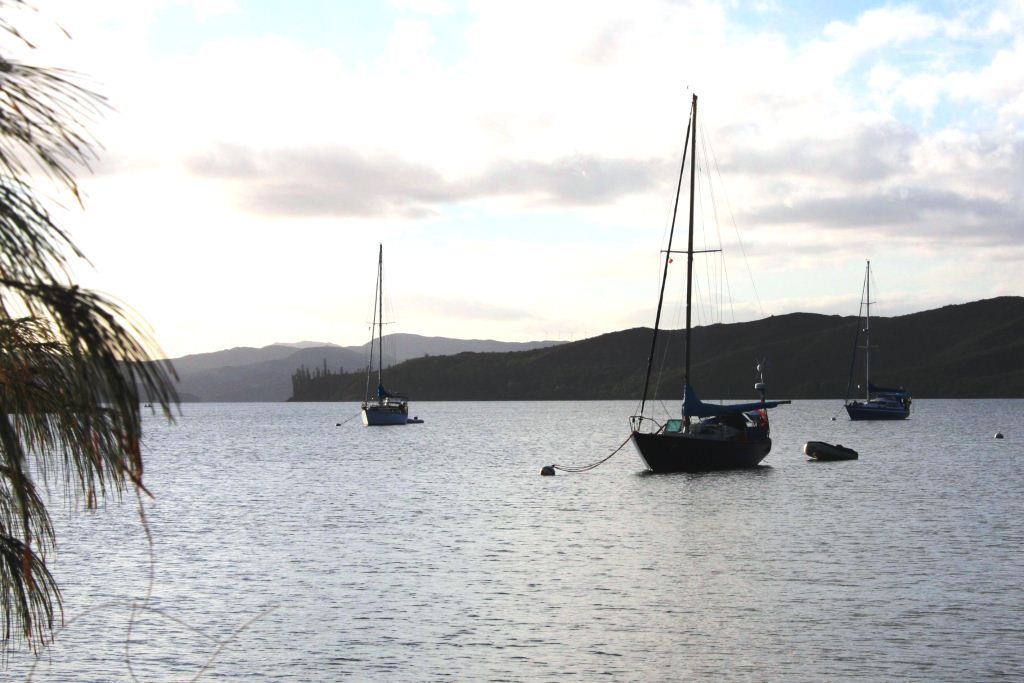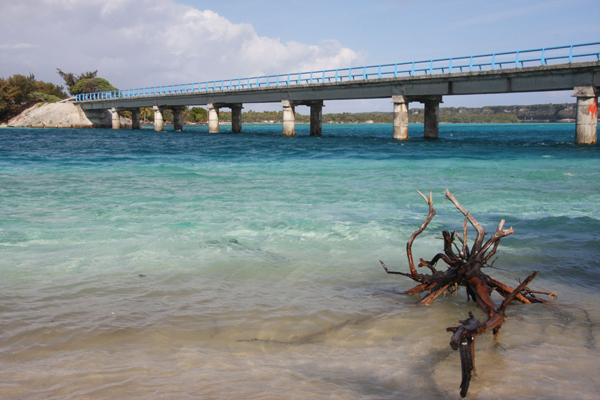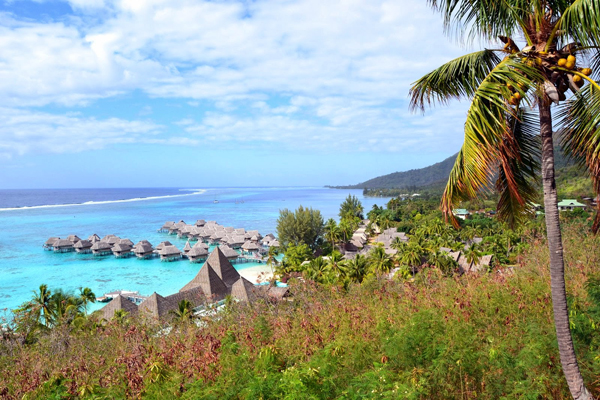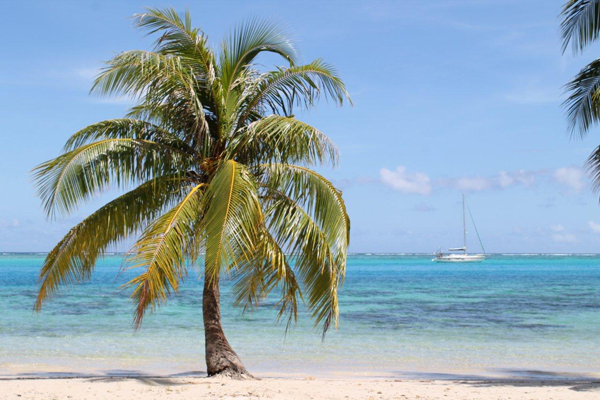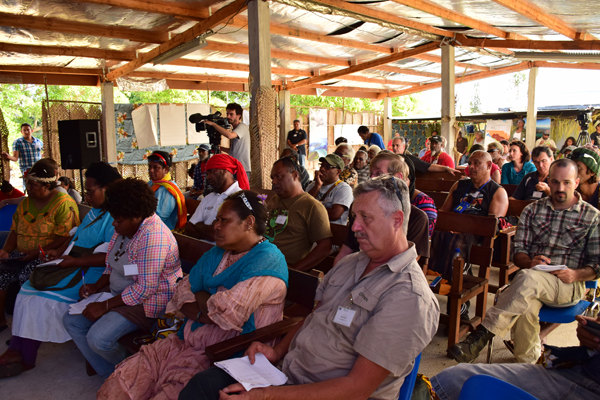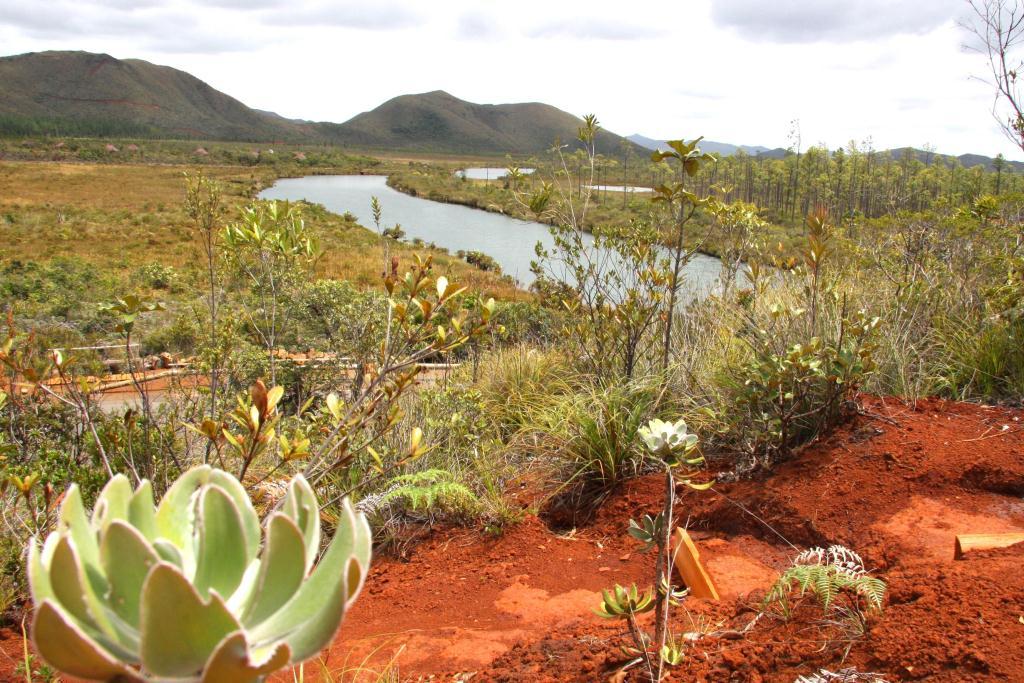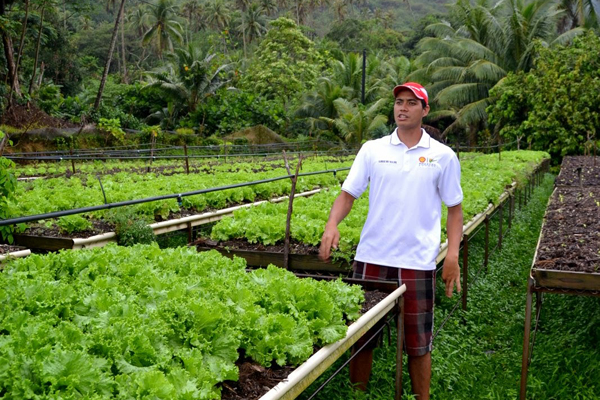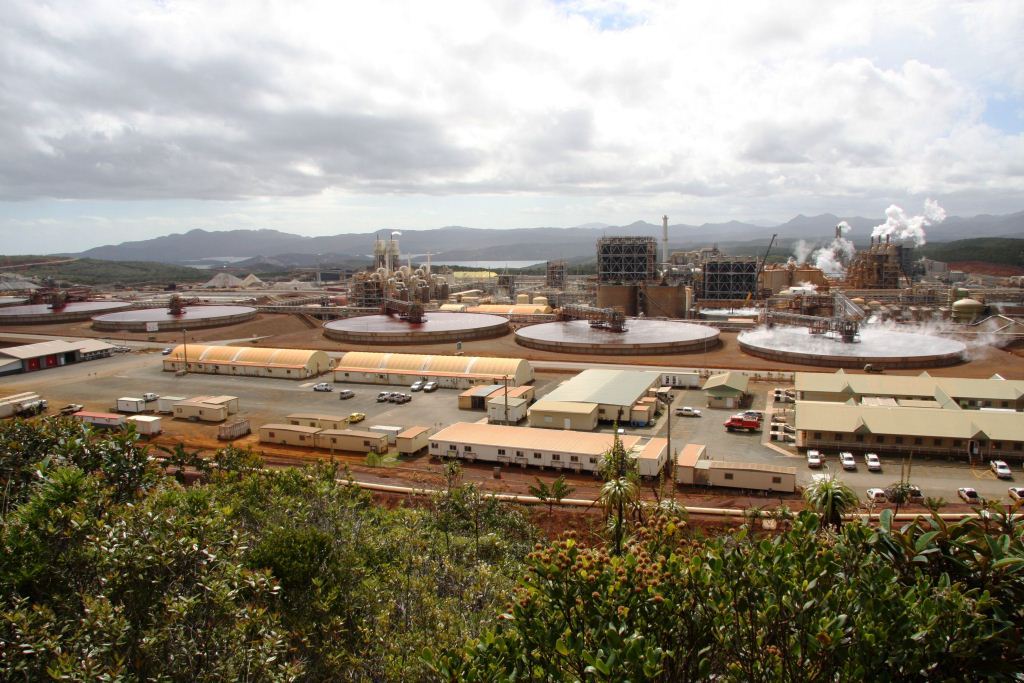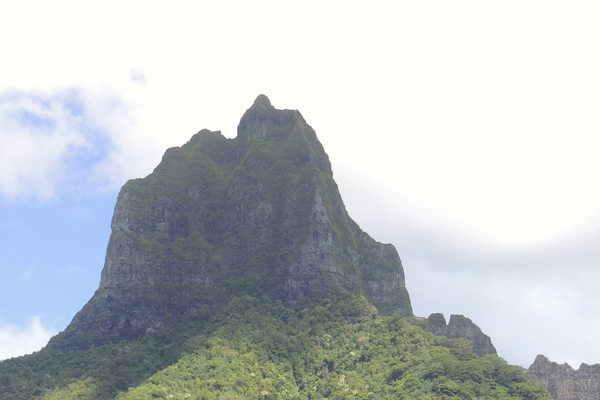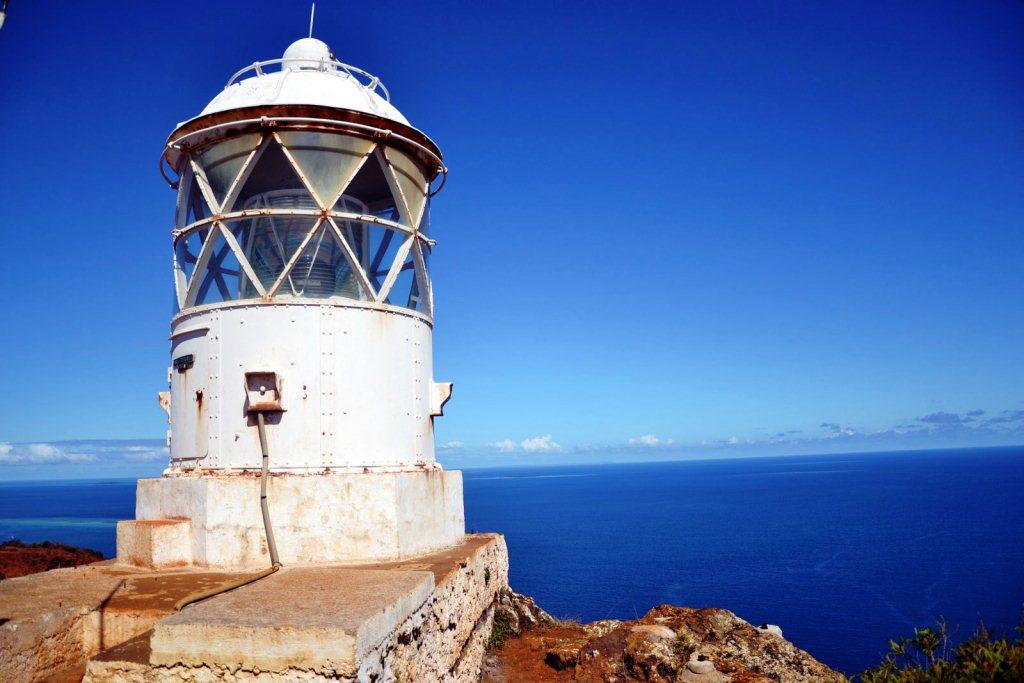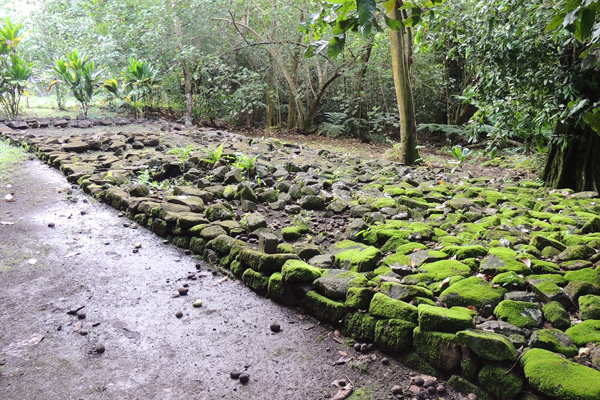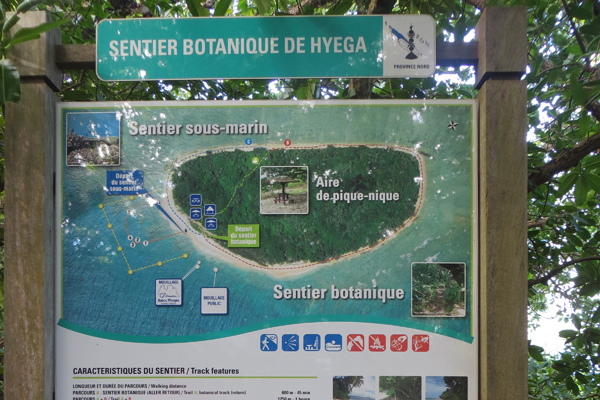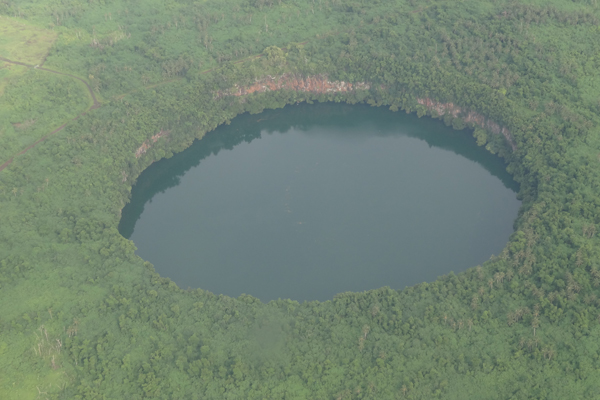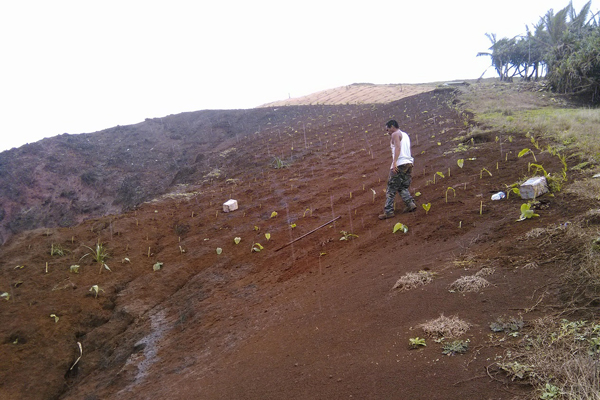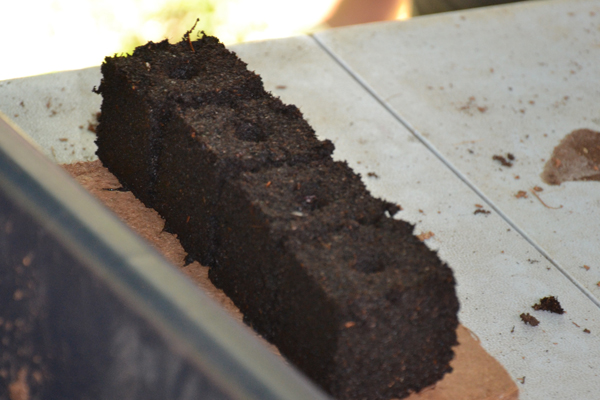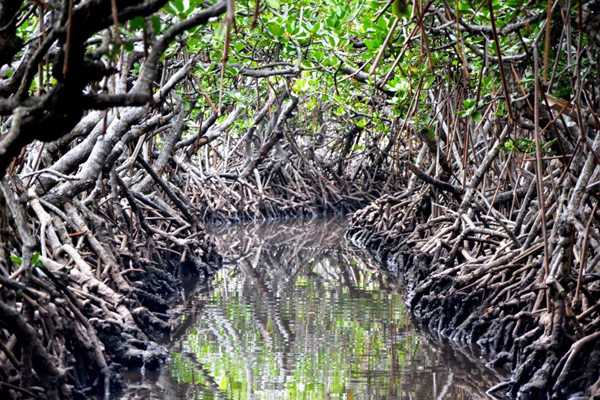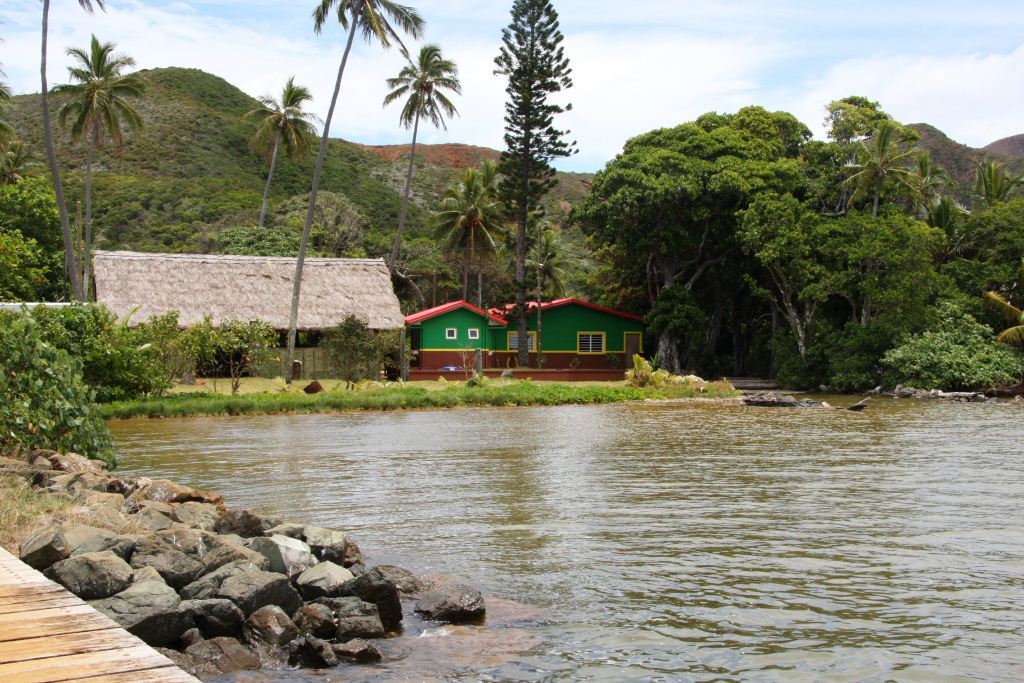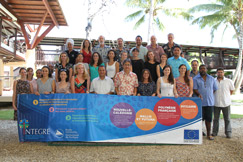Cross-cutting actions

IINTEGRE is also implementing cross-sector, theme-based activities to establish ties between the various pilot sites and incorporate New Caledonia into the regional OCT networks and showcase the knowledge acquired throughout the Pacific. More details on these cross-sector activities are provided below.
1. Set up a pilot organic farm network
2. Develop a climate-change adaptation strategy
3. Build capacity and fostering exchanges
INTEGRE in New Caledonia has produced considerable outputs and experience and is carrying out communication activities to widely share the results and new knowledge.

Great south

The Far South pilot site encompasses the land and sea at the New Caledonia’s southern tip, embracing the municipal areas of Mont Dore, Yate and Isle of Pines, and covering a surface area of 8418 sq. km, some 1400 sq. km of which is land. Only the coast is settled with a population of approximately 2000 spread across a dozen tribal areas. The Southern Province is responsible for managing the area’s environment, while the New Caledonia Government oversees the exclusive economic zone.
INTEGRE is part of this networking exercise and aims to provide support to the Southern Province and its partners in their efforts to promote and implement the integrated management provisions for this outstanding coastal area.
A regional methodology workshop was held in February 2014 with all project partners. A SWOT (strengths, weaknesses, opportuni- ties and threats) analysis was carried out as the project’s evaluation and planning aid.
The SWOT analysis helped better define project strategy and align future activities. The following objectives were specifically appro- ved for the site project :
- Strengthen participatory management by providing field facilitators to further the management committee and Southern Province’s initiatives.
- Help reduce visitor pressure on marine and coastal areas.
- Develop a strategic vision of the environment to introduce consistency to environmental policy on the main island’s southern tip.
Ouvea and Beautemps-Beaupre Atolls

Both Ouvea and Beautemps-Beaupre ocean atolls were selected as INTEGRE pilot sites for the Loyalty Islands Province. Both are fully part of the UNESCO World-Heritage listed New Caledonia Lagoon serial property, including the buffer zone. The first atoll is 850 sq. km and the second, smaller atoll 120 sq. km with little emerged land.
INTEGRE fully subscribes to this networking approach and strives to provide support to the Loyalty Island Province and its partners in their efforts to promote and implement integrated management initiatives in this outstanding coastal area.
A regional methodology workshop was held on 20 March 2014 for all project partners and a SWOT (strengths, weaknesses, op- portunities and threats) analysis was conducted as a project diagnostic tool and planning aid.
This analysis helped better define the project strategy and make future activities more consistent. The specific objectives selected for the site project were as follows :
- Strengthen and energise the site participatory management process and efforts to involve local stakeholders in preserving their heritage ;
- Help forestall dangers that could affect the site ;
- Showcase Ouvea’s natural and cultural heritage for the be- nefit of the community by developing ecotourism in Mouli District.
North-East Coast

The north-eastern coastal area was selected as INTEGRE’s pilot site in the Northern Province. It is part of the UNESCO World- Heritage listed New Caledonia Lagoon serial property and covers 3050 sq. km on land and 3710 sq. km in the lagoon.
INTEGRE fully subscribes to this networking approach and strives to provide support to the Northern Province and its partners in their efforts to promote and implement integrated management initiatives in this outstanding coastal area.
A regional methodology workshop was held in February 2014 for all project partners and a SWOT (strengths, weaknesses, opportunities and threats) analysis was conducted as a project diagnostic tool and planning aid.
This analysis helped better define the project strategy and make future activities more consistent. The specific objectives selected for the site project were as follows :
- Provide support to the participatory management process
- Help forestall dangers that could affect the site by imple- menting integrated management plans in each municipality and pilot watershed management activities
All Events
- 31 May 2018
Regional Actions
Présentation du projet INTEGRE au Sénat
L’équipe INTEGRE a présenté le projet au colloque sur la biodiversité du vaste Pacifique
- 30 May 2018
Regional Actions
Présentation du projet INTEGRE au sous-comité du CRGA de la CPS
L’équipe INTEGRE a présenté le volet régional "Réseau de fermes pilotes bio" dans les séances thématiques "Changement climatique et résilience / gestion des risques de catastrophe"
- 11 April 2018
Regional Actions
Présentation du projet INTEGRE au chef de la délégation de l'UE dans le Pacifique
A l’occasion de la visite officielle en Nouvelle-Calédonie de Monsieur Julian Wilson, chef de la délégation de l’UE dans le Pacifique, la CPS a invité les autorités et les partenaires de Nouvelle Calédonie à visiter l’exposition INTEGRE.
- 22 March 2018
Wallis and Futuna
Clôture du projet INTEGRE Wallis et Futuna
L’équipe INTEGRE de Wallis et Futuna a animée la réunion du 12eme Conseil Territorial de l'Environnement et du Développement Durable afin de dresser le bilan technique et financier des actions du projet.
- 15 March 2018
French Polynesia
Clôture du projet INTEGRE à Raiatea - Tahaa
L’équipe INTEGRE s’est rendue à la rencontre des partenaires du projet pour clôturer le projet sur le site pilote de Raiatea Tahaa pendant 3 jours.
